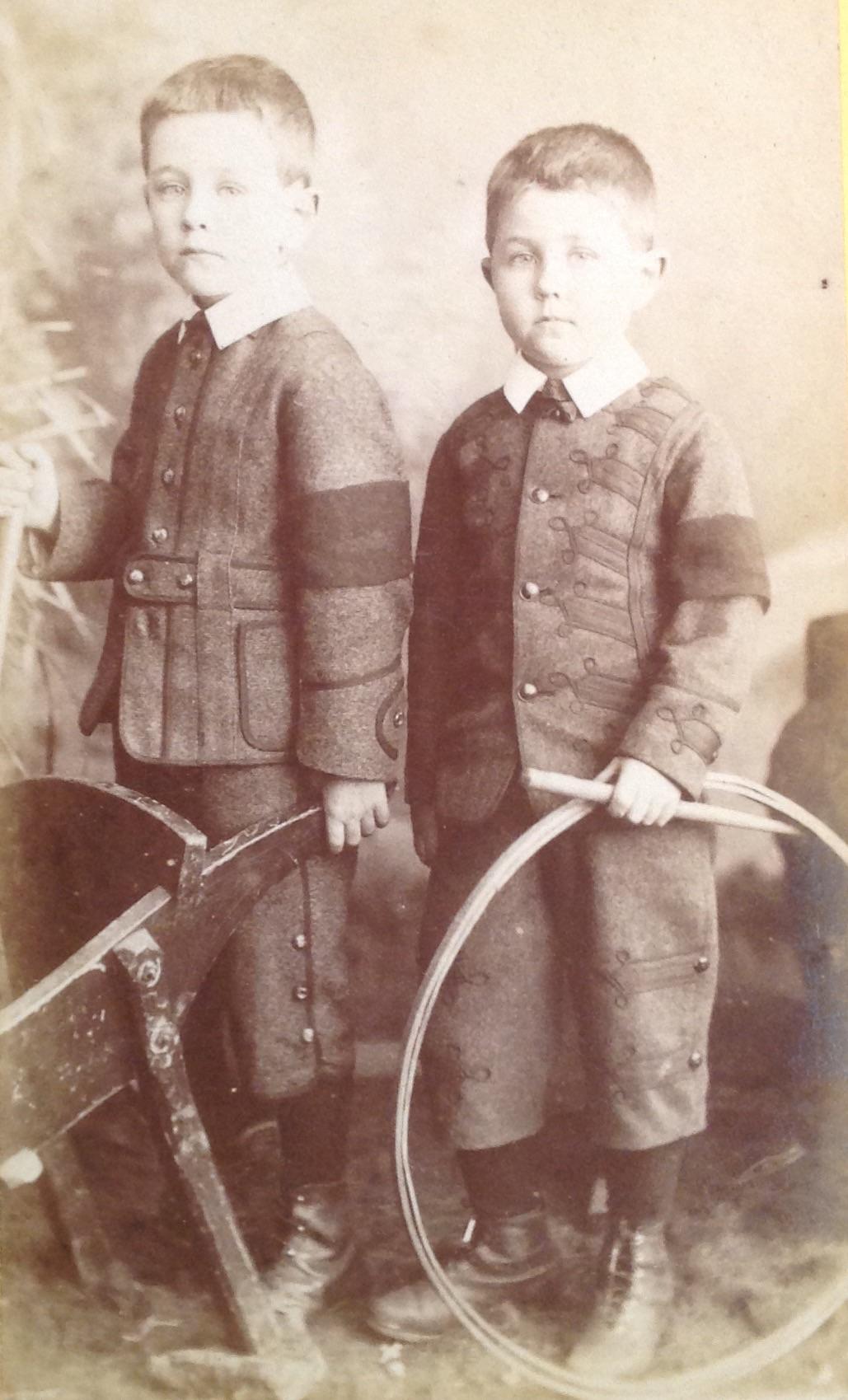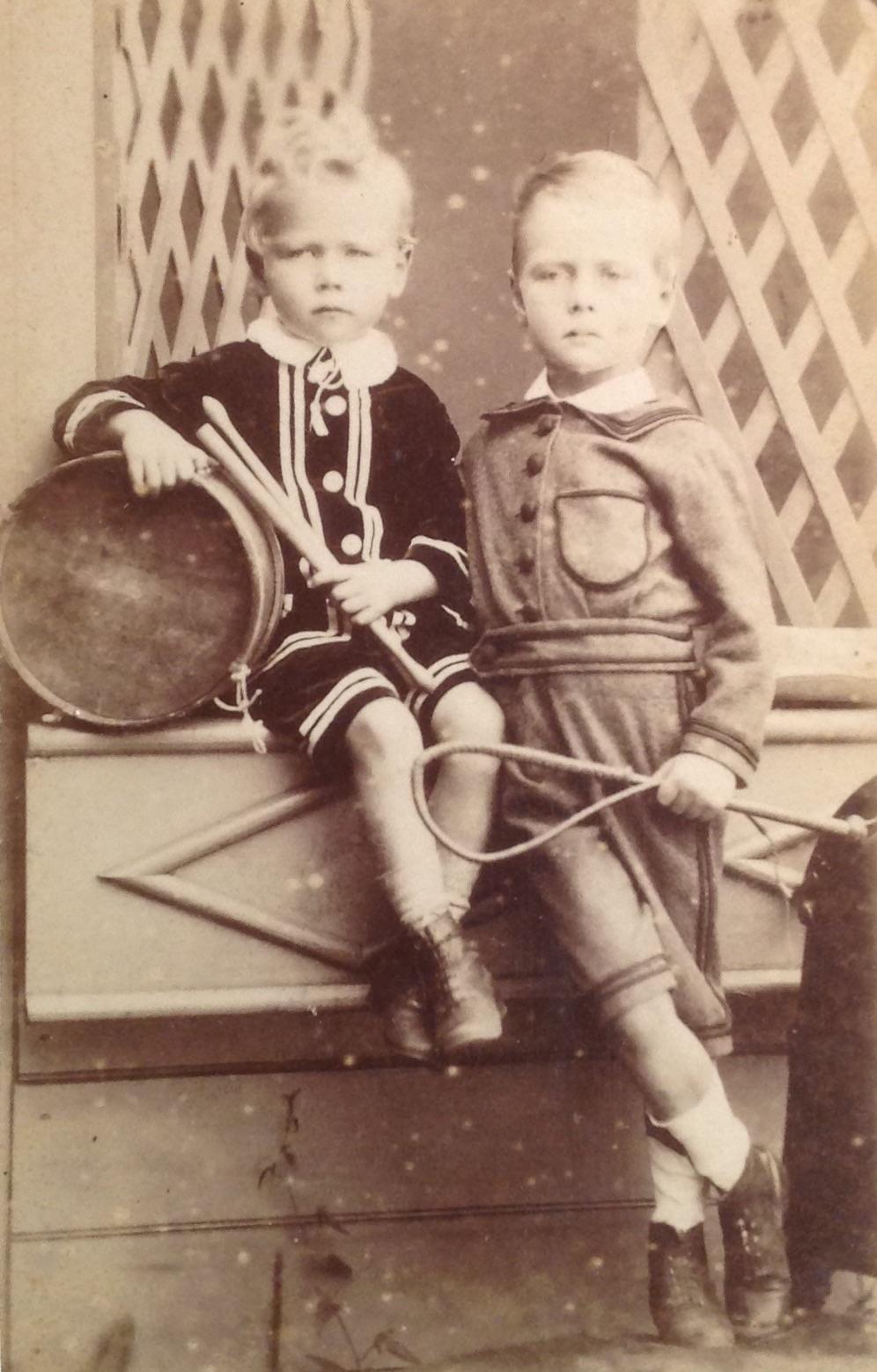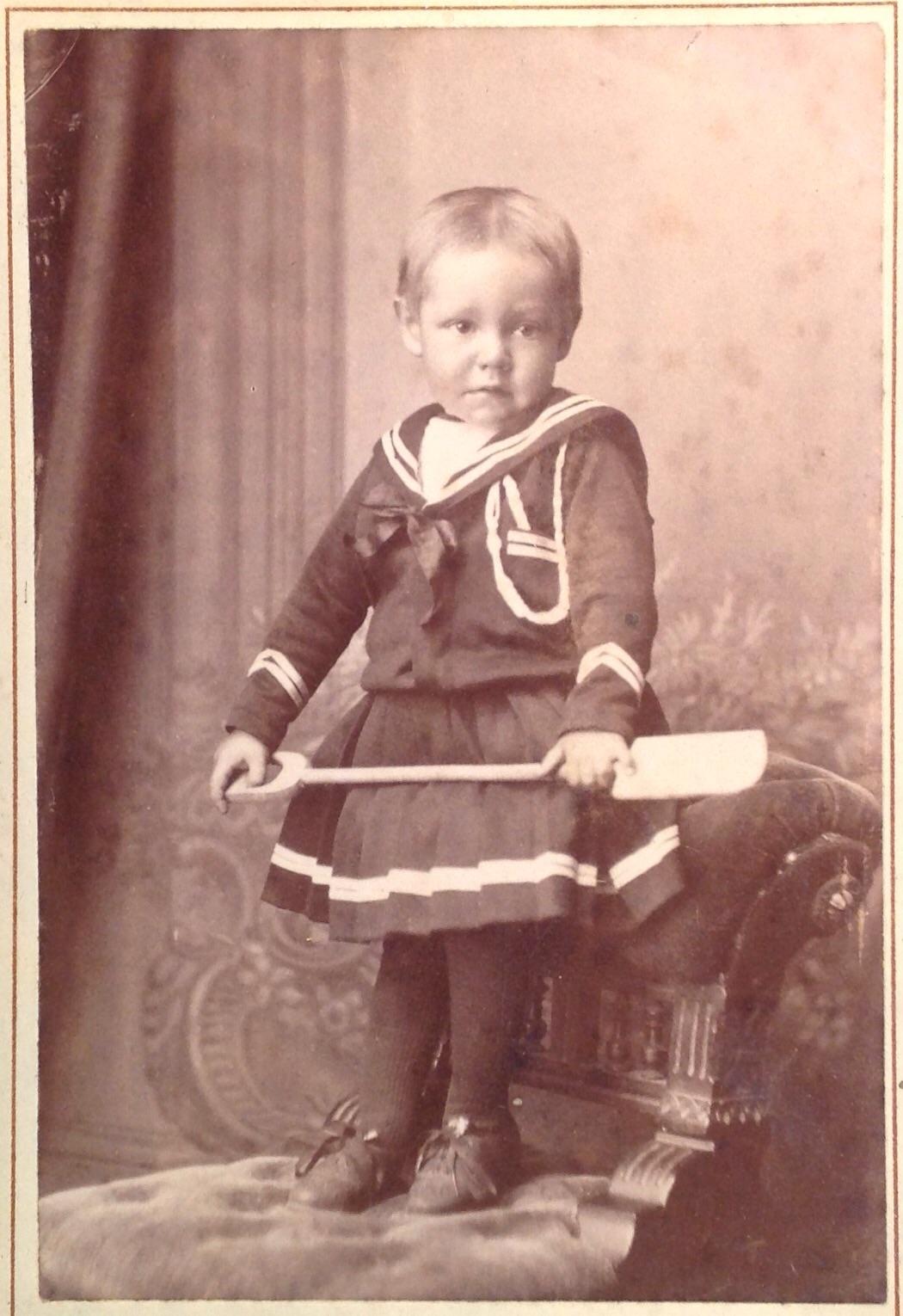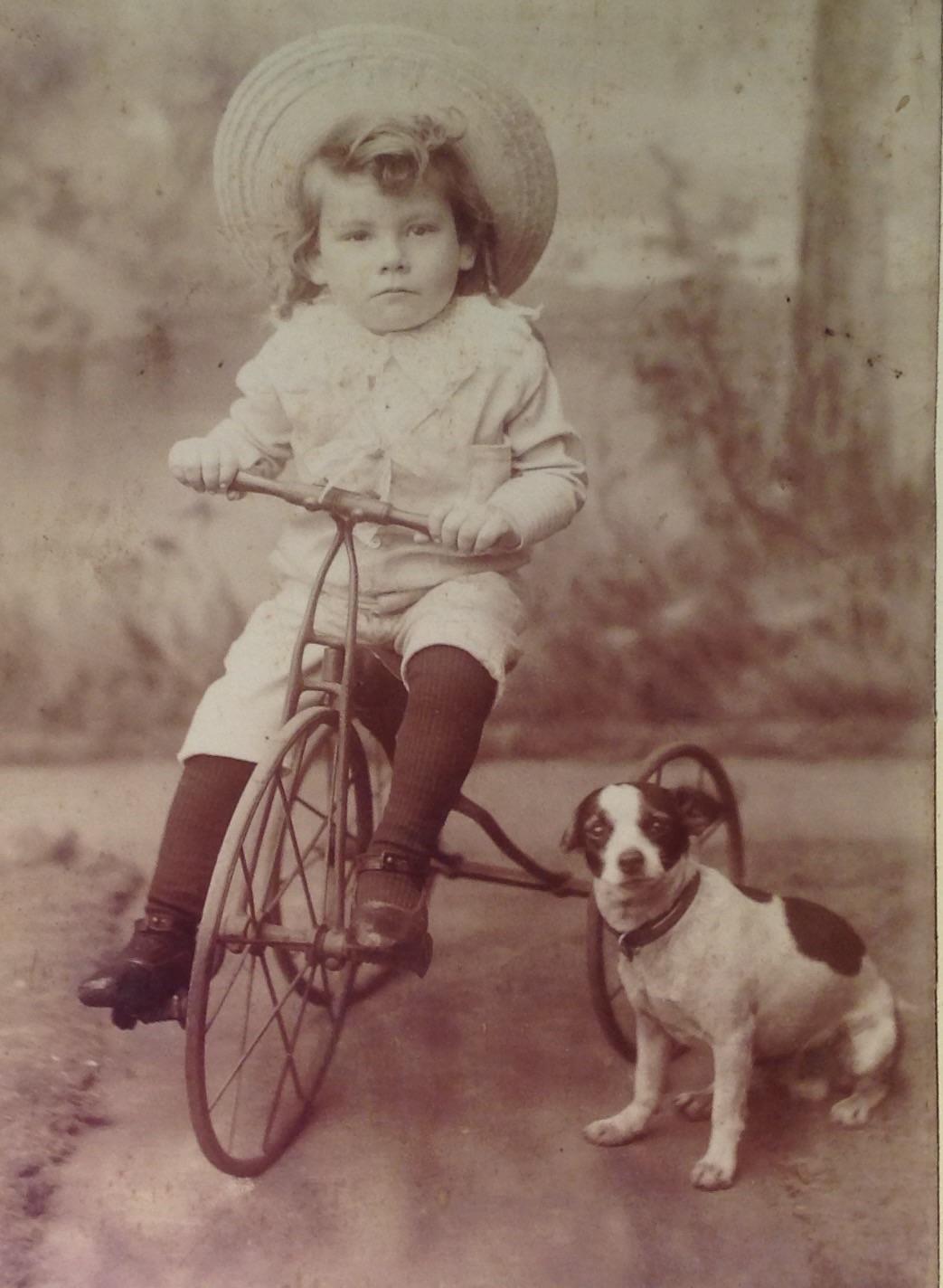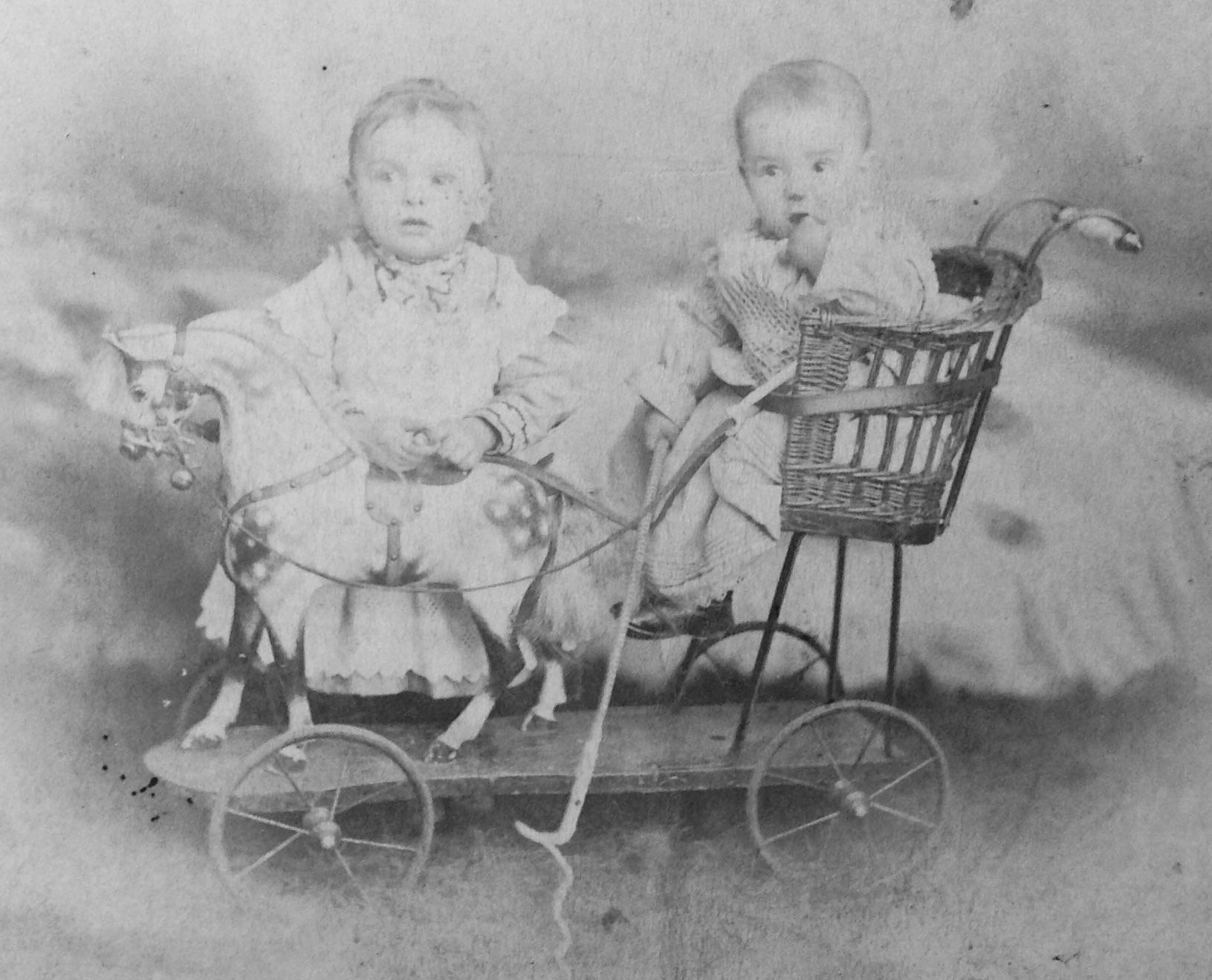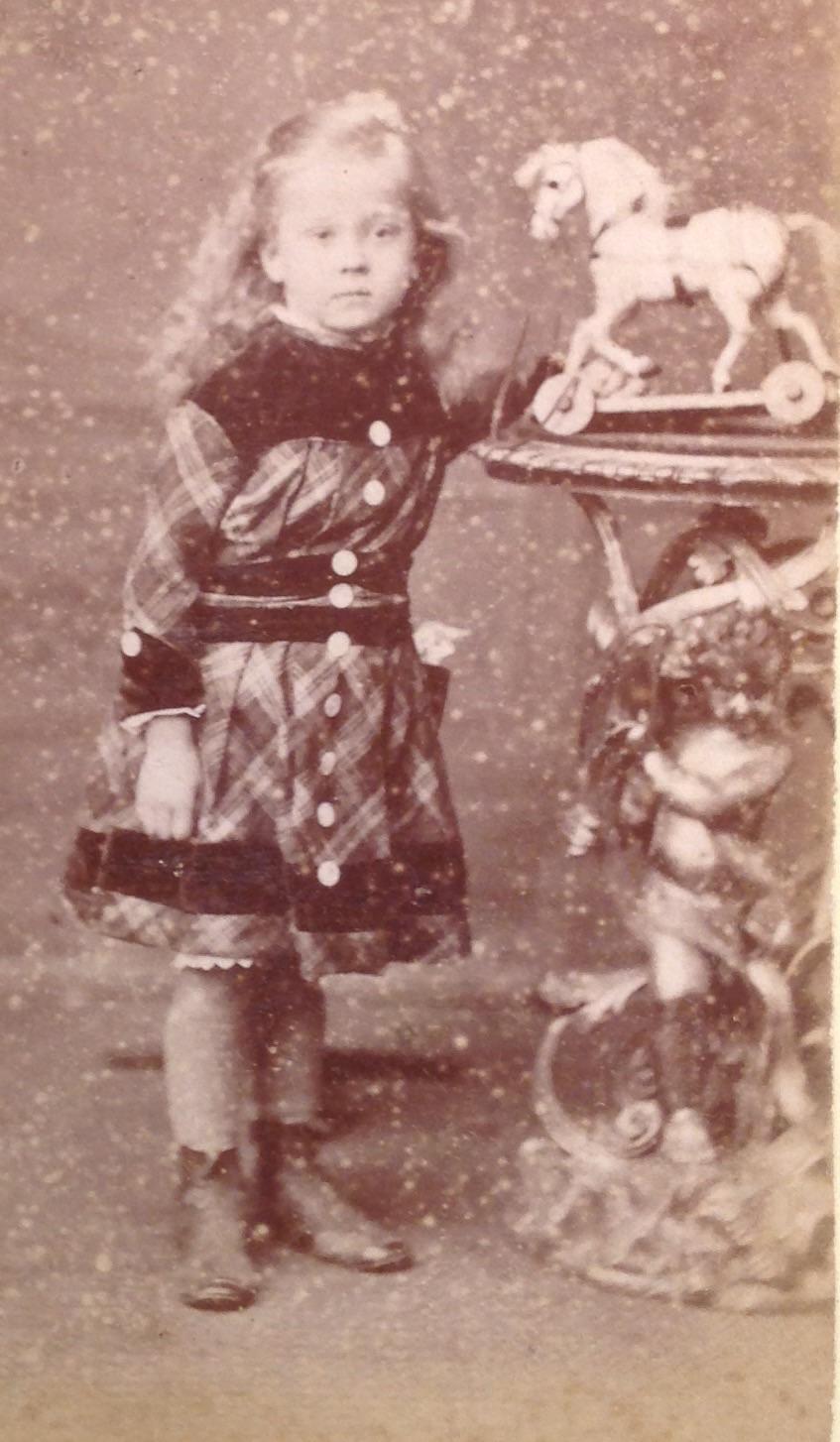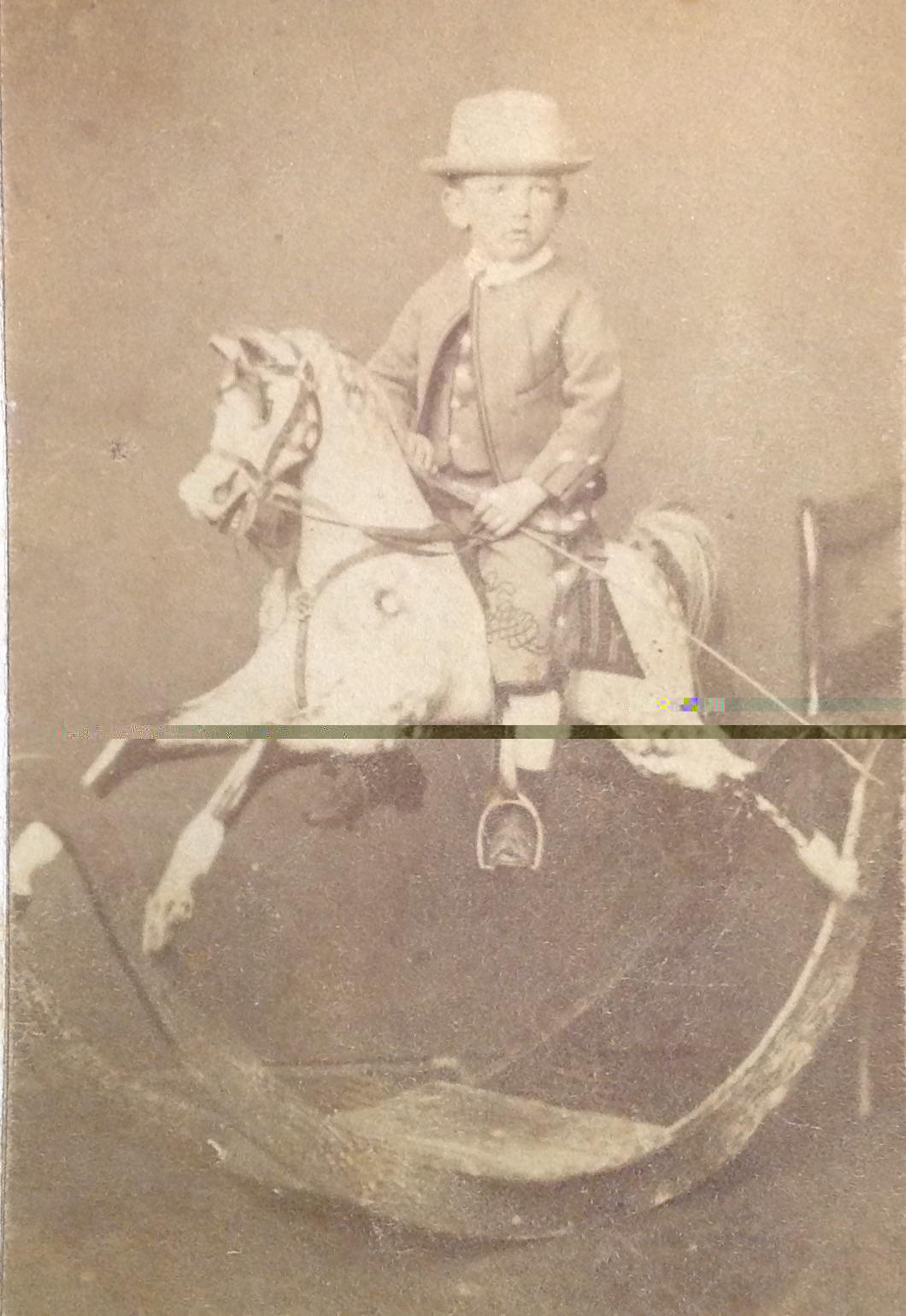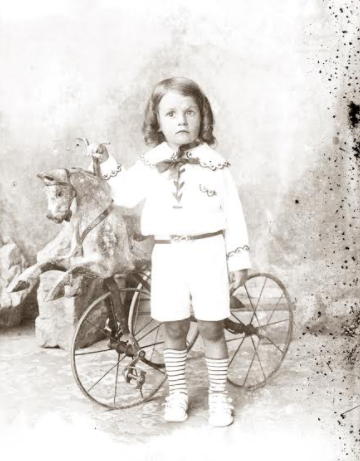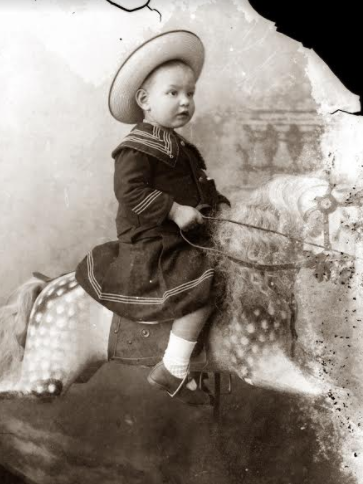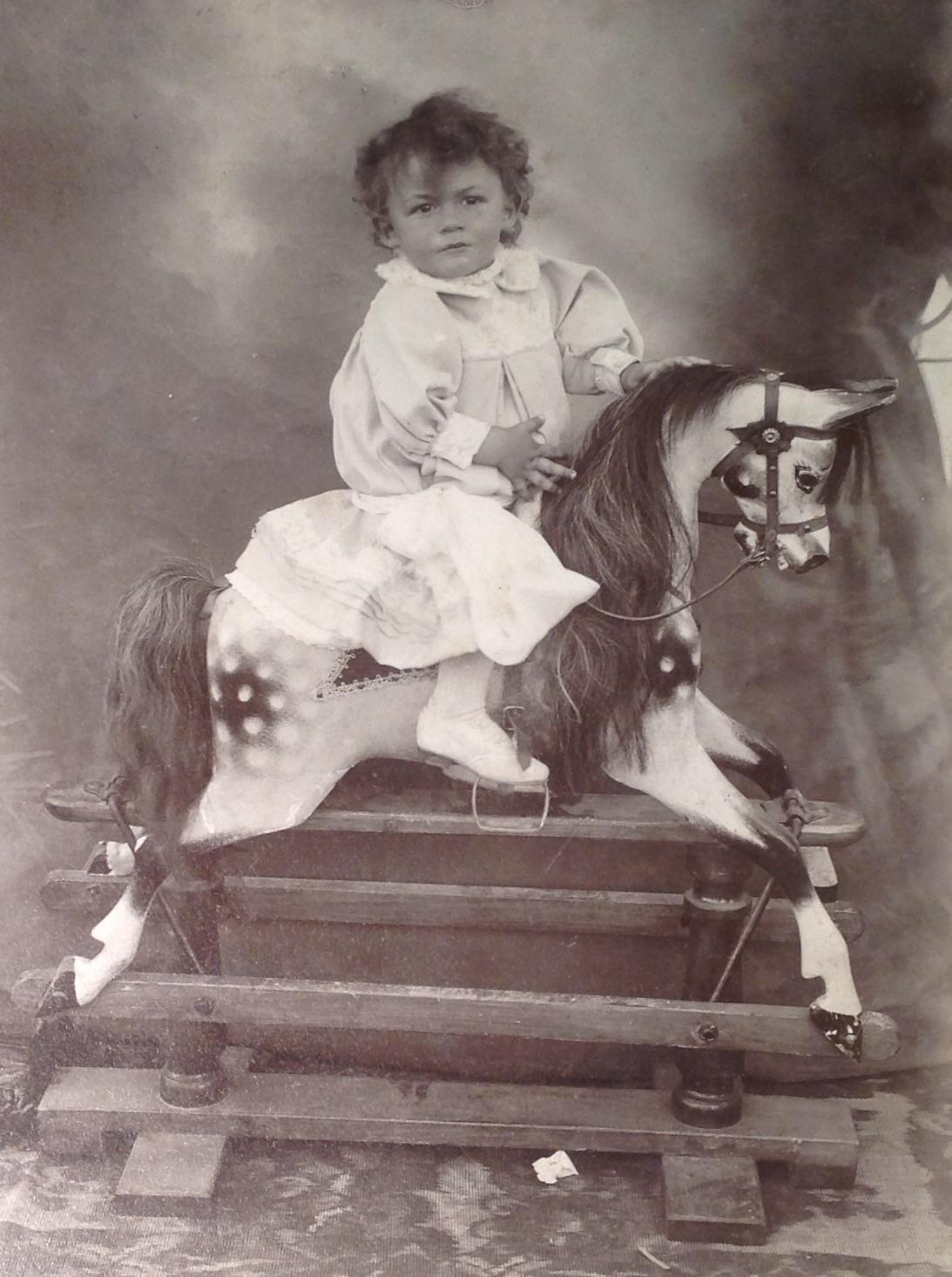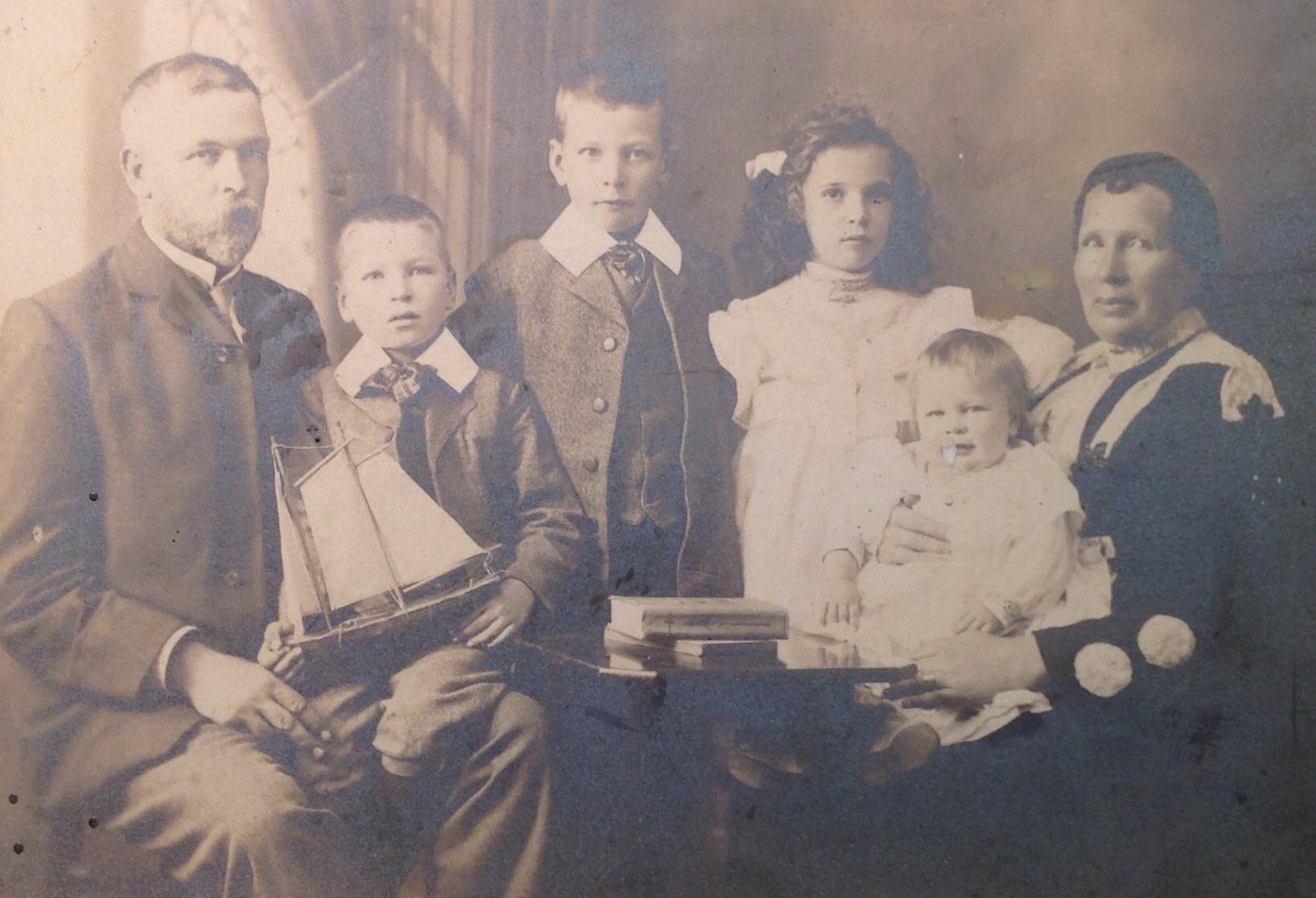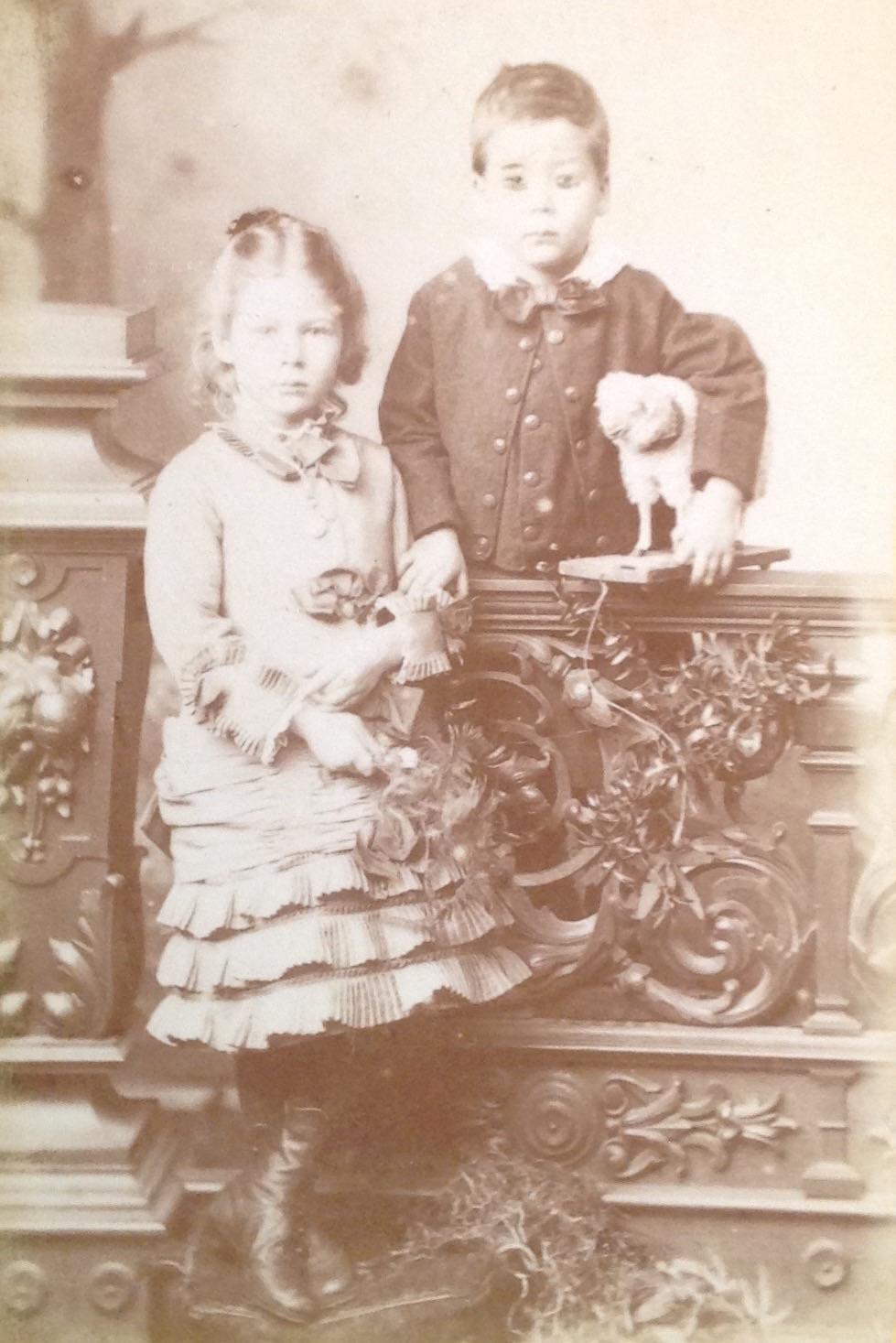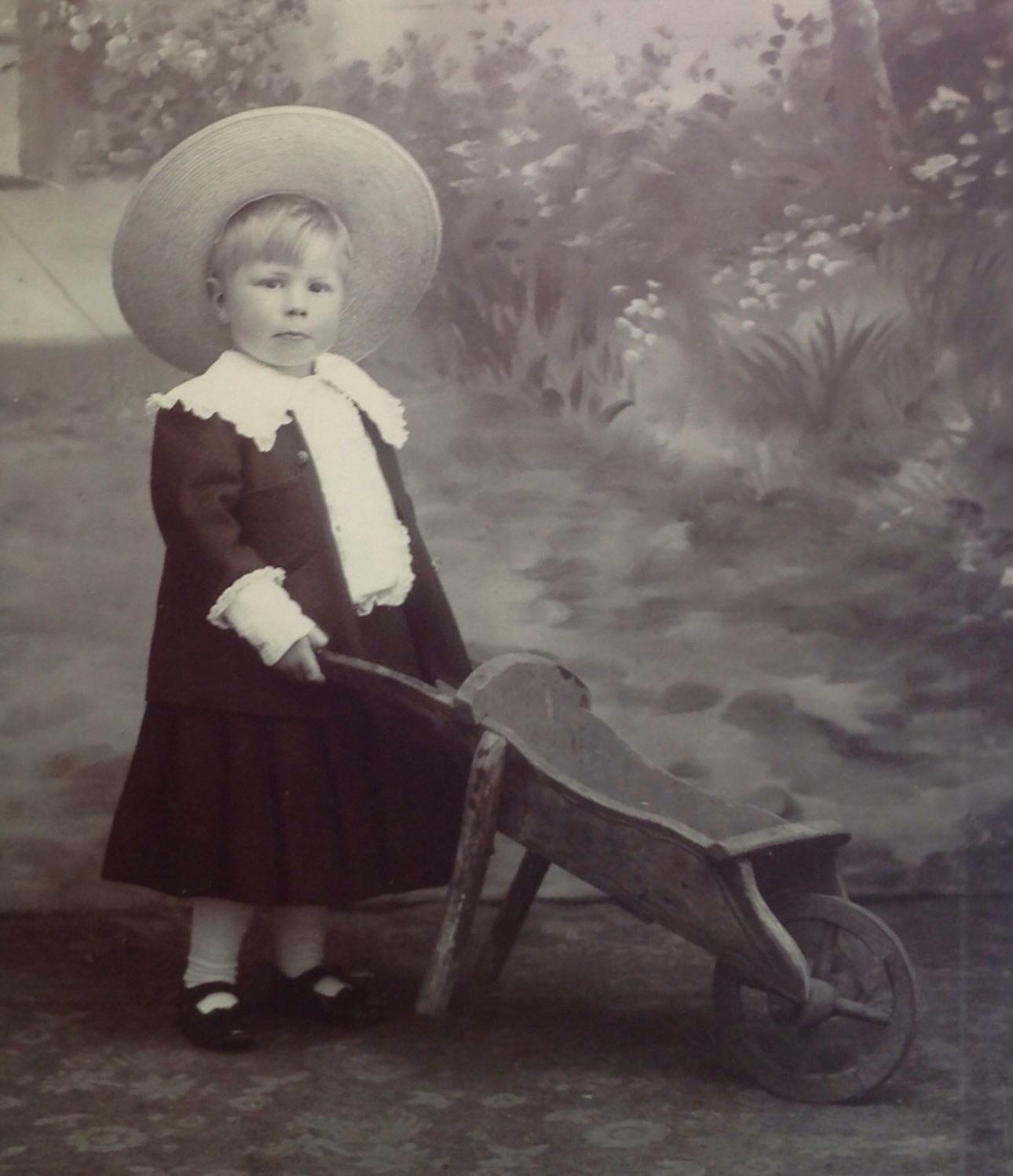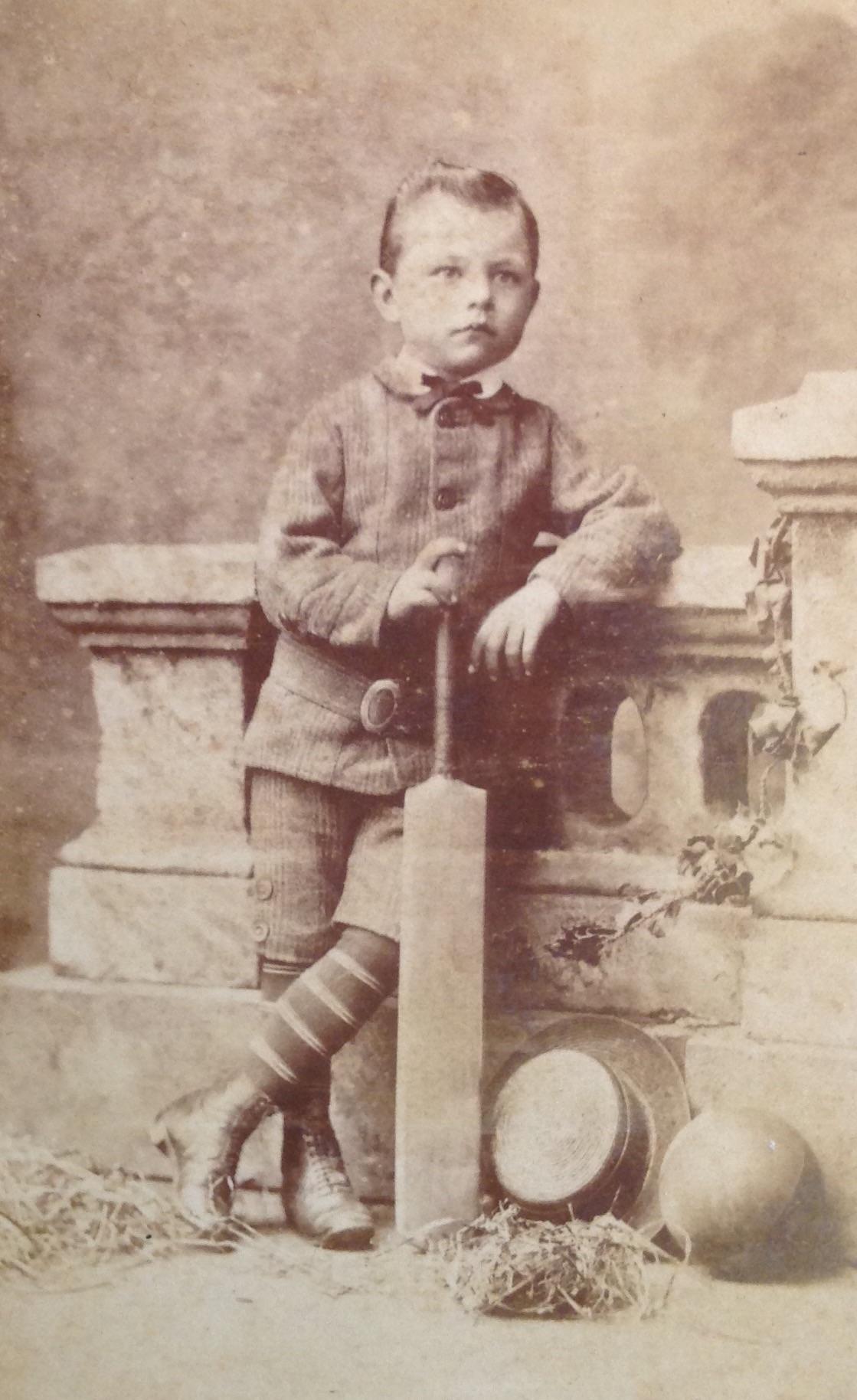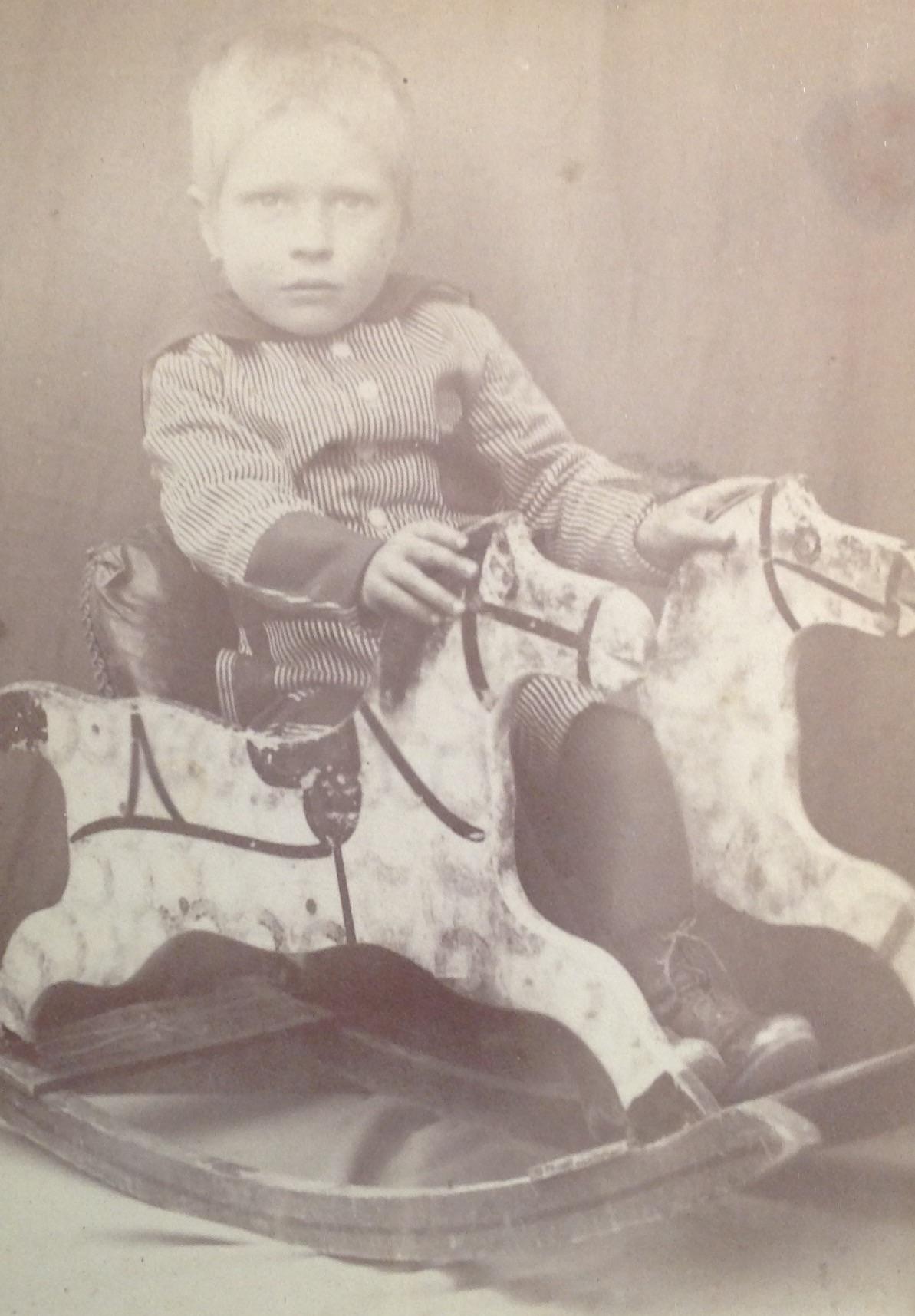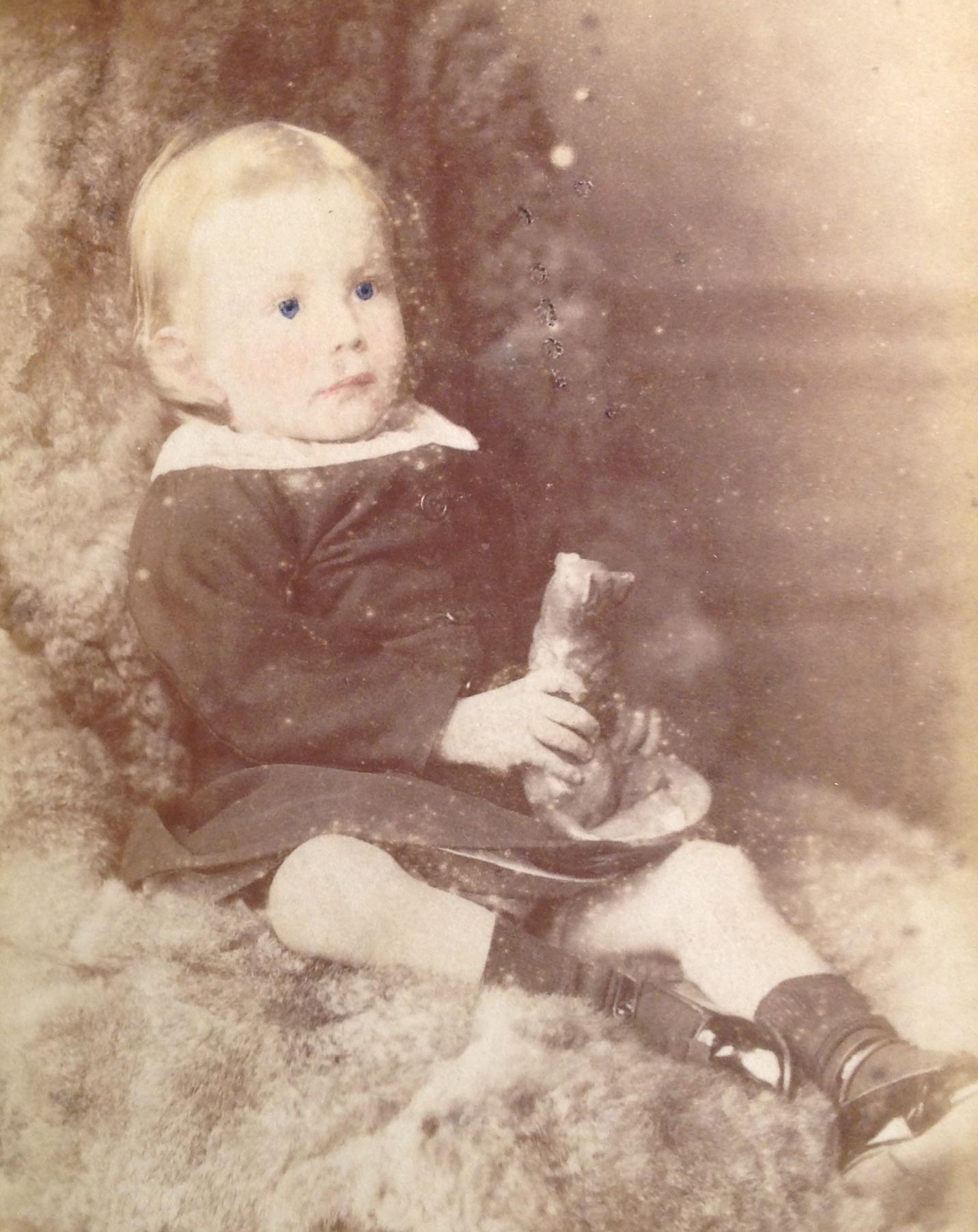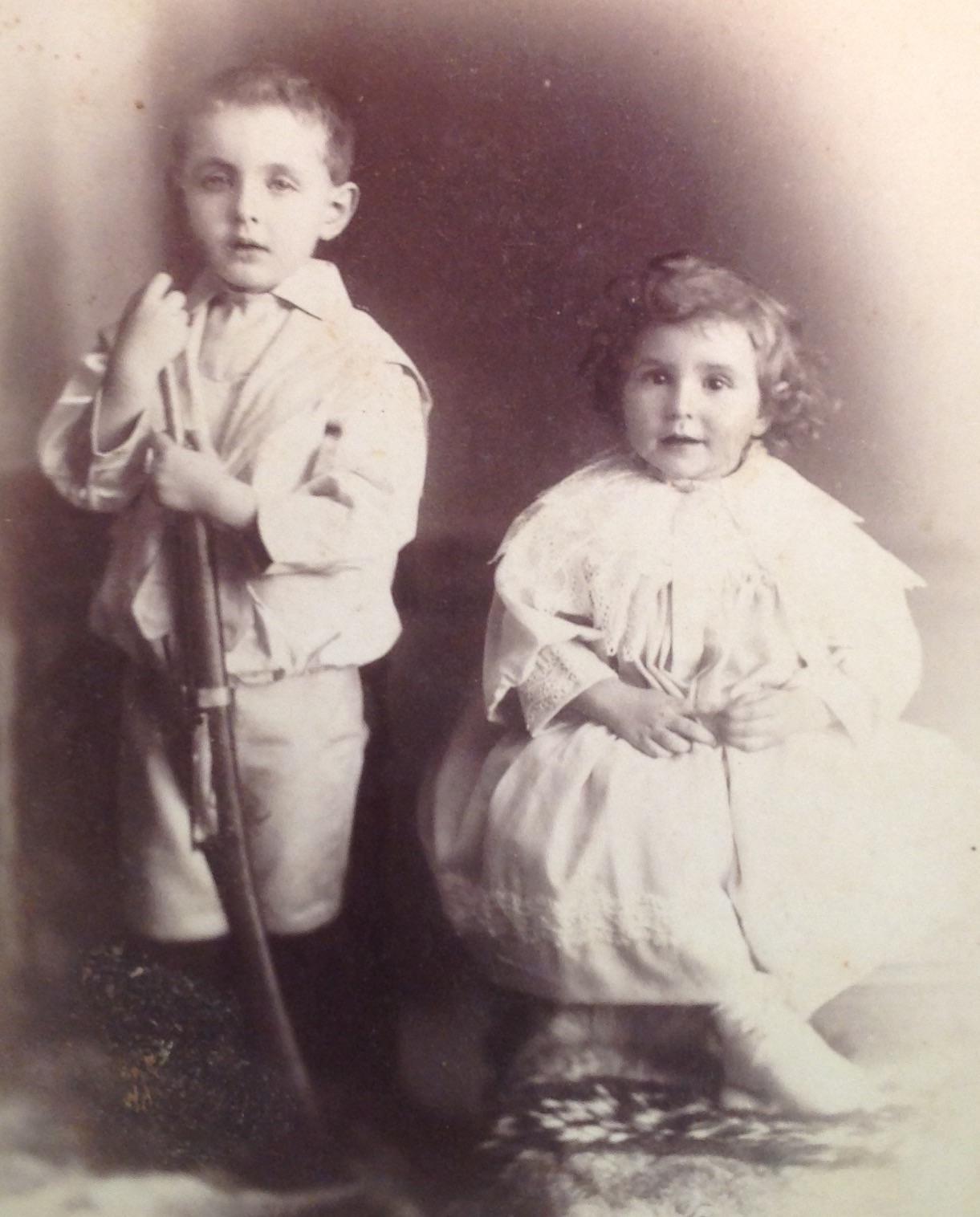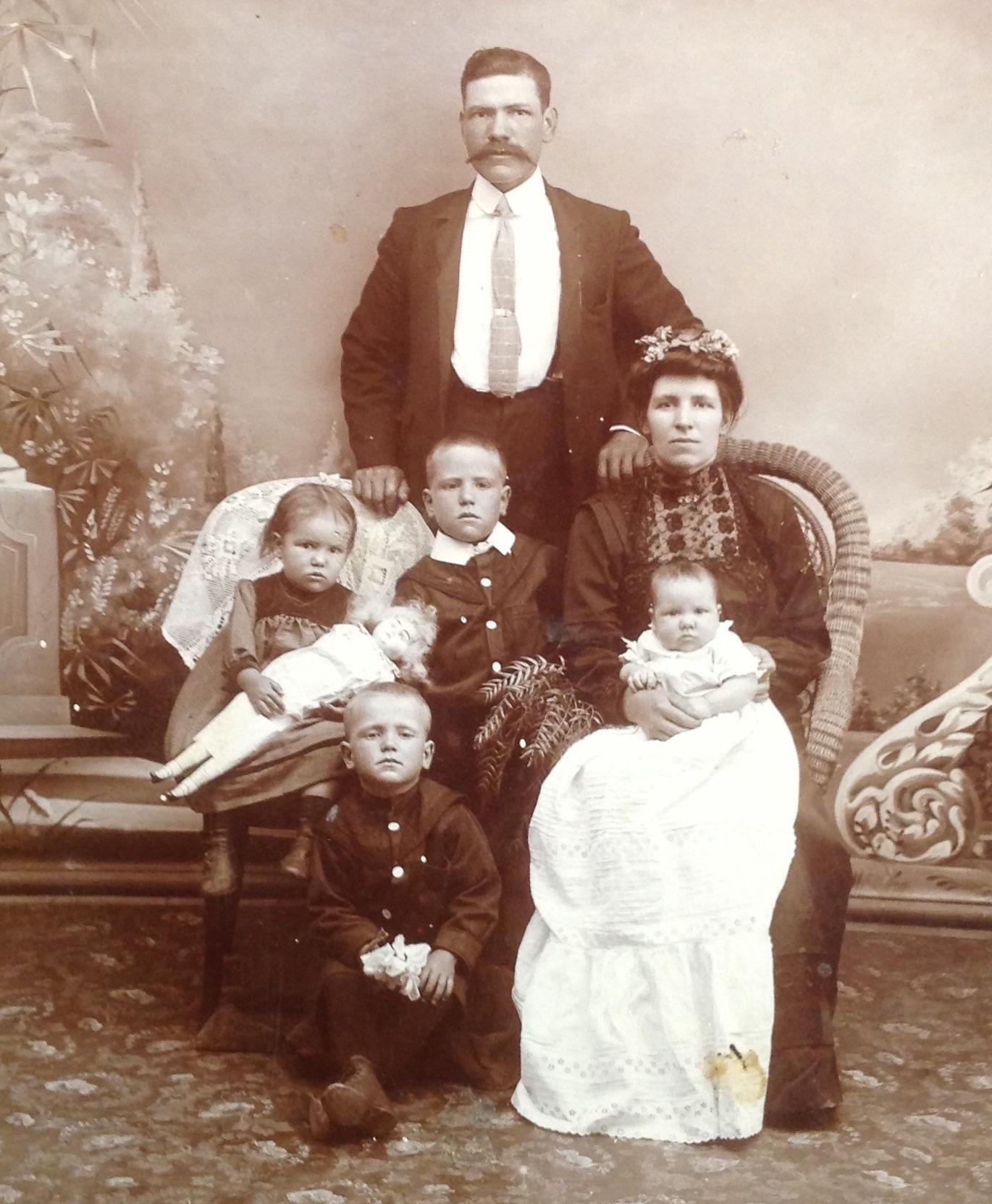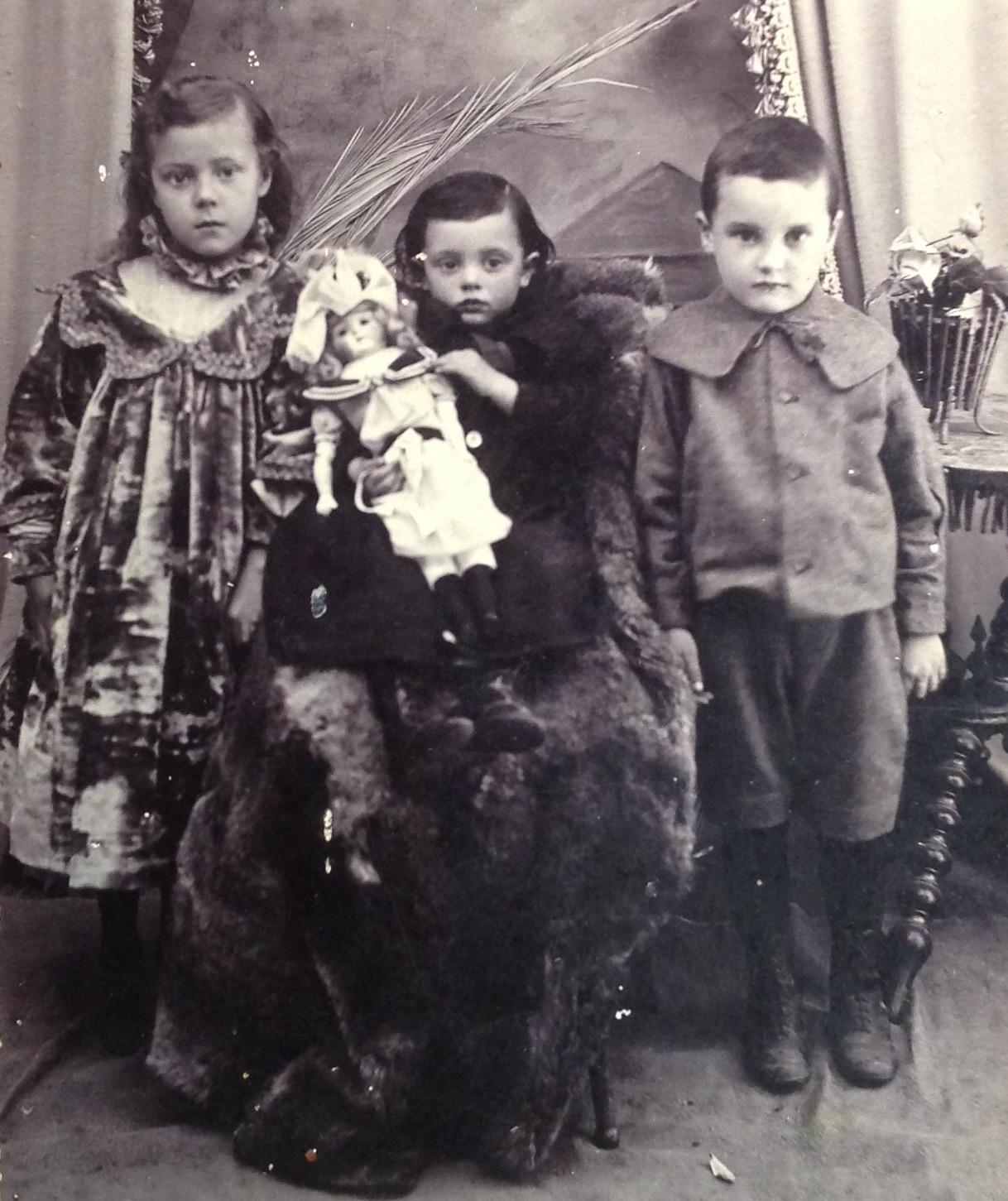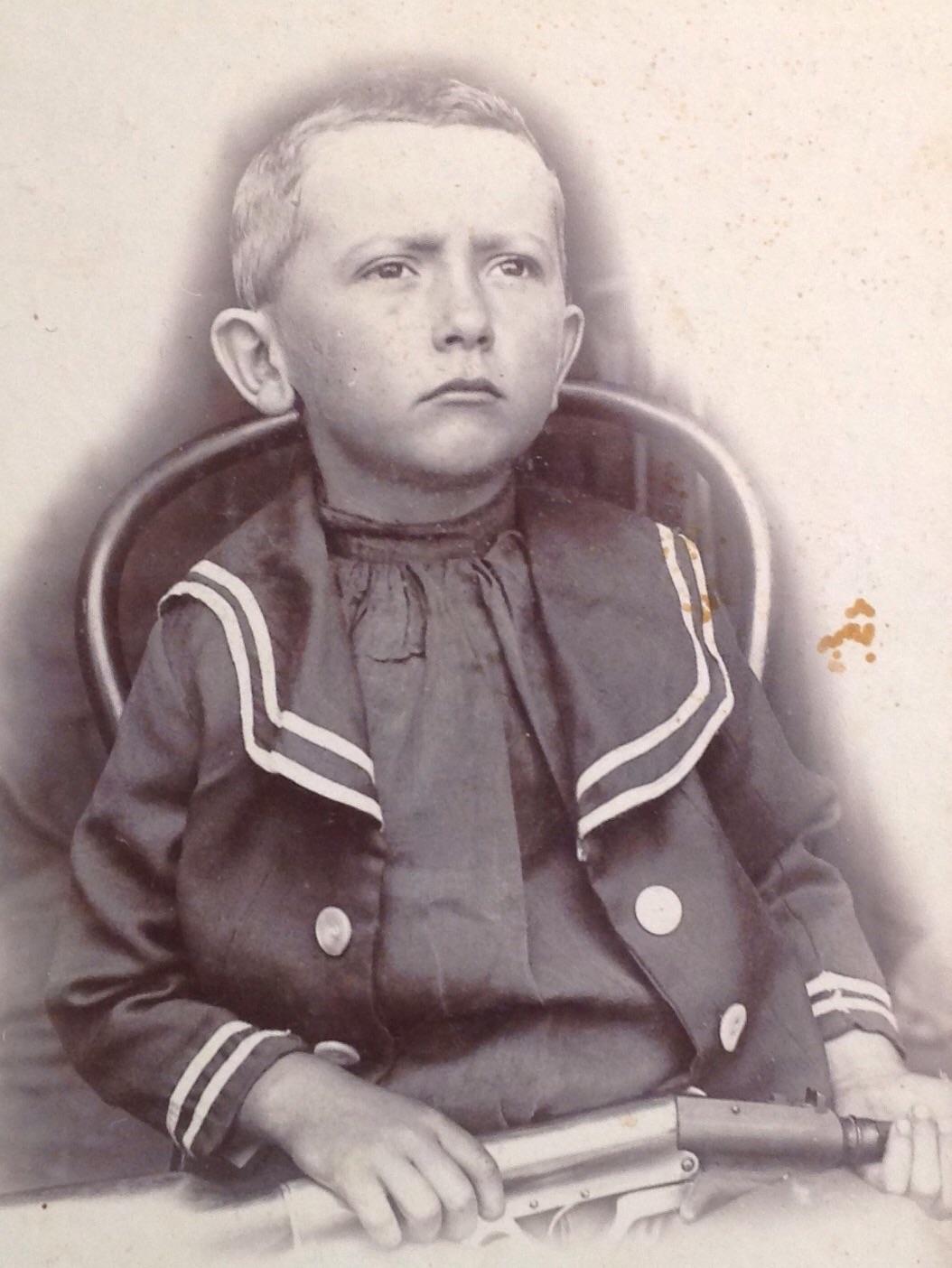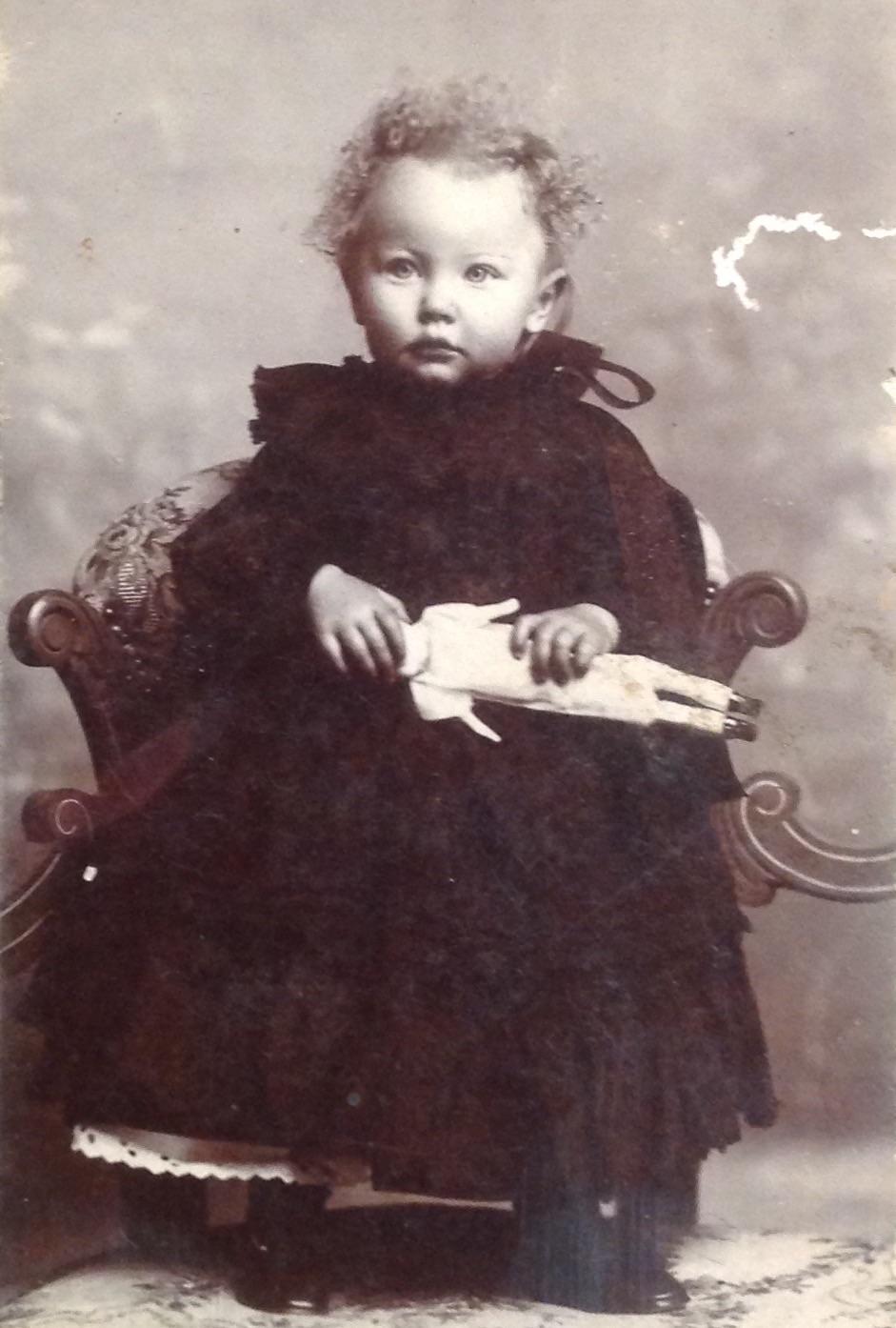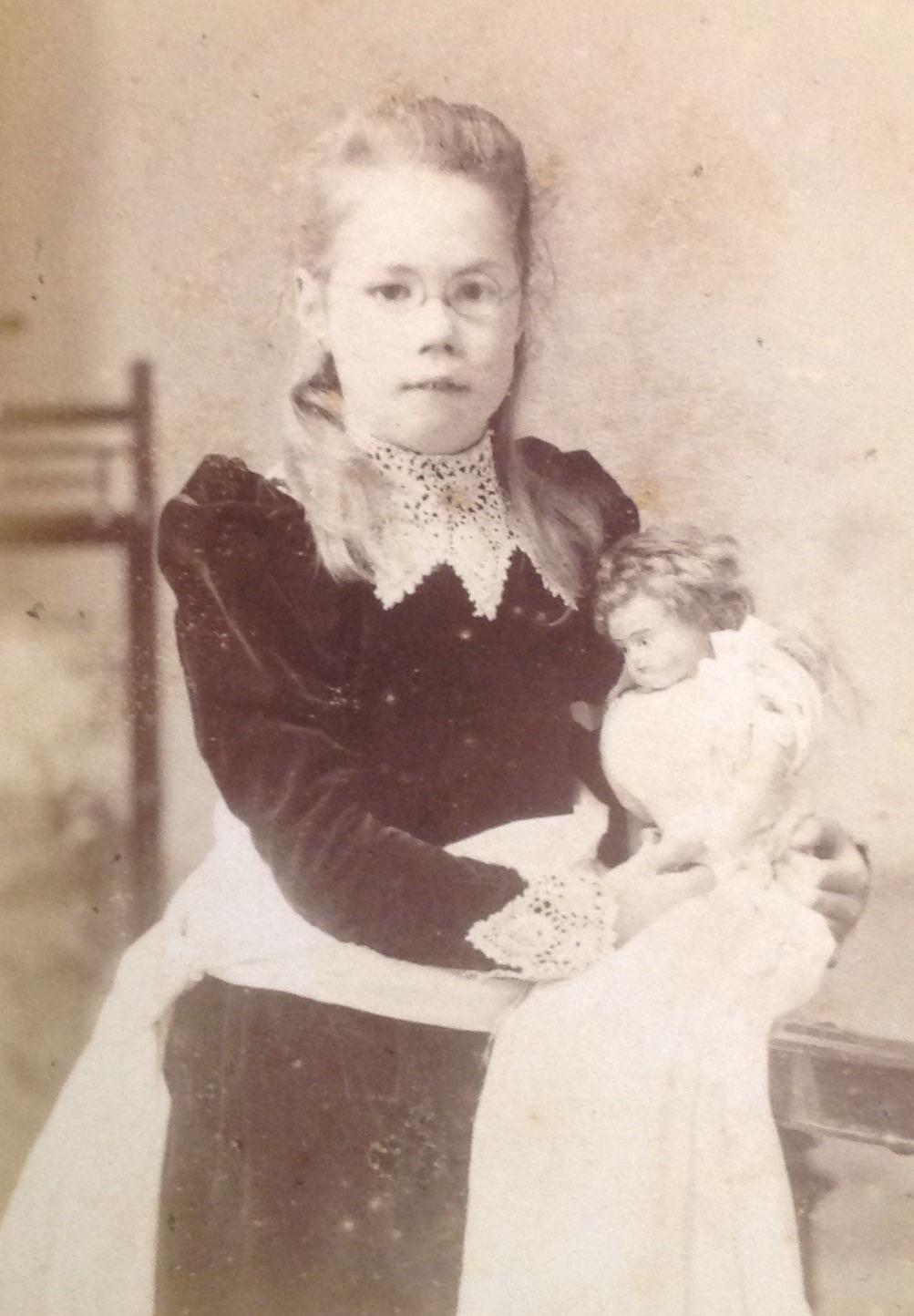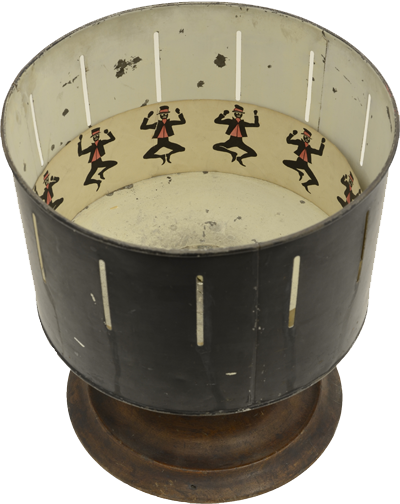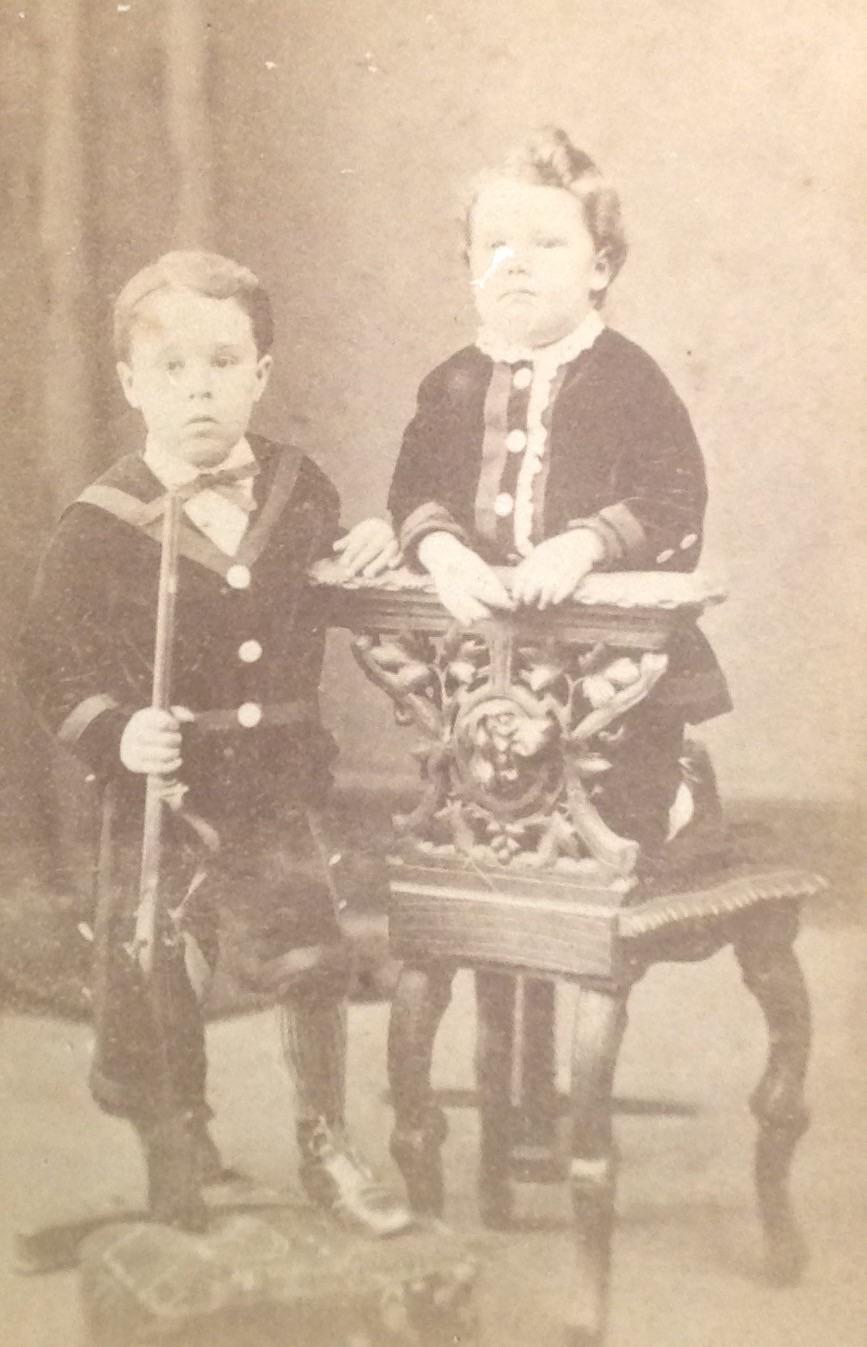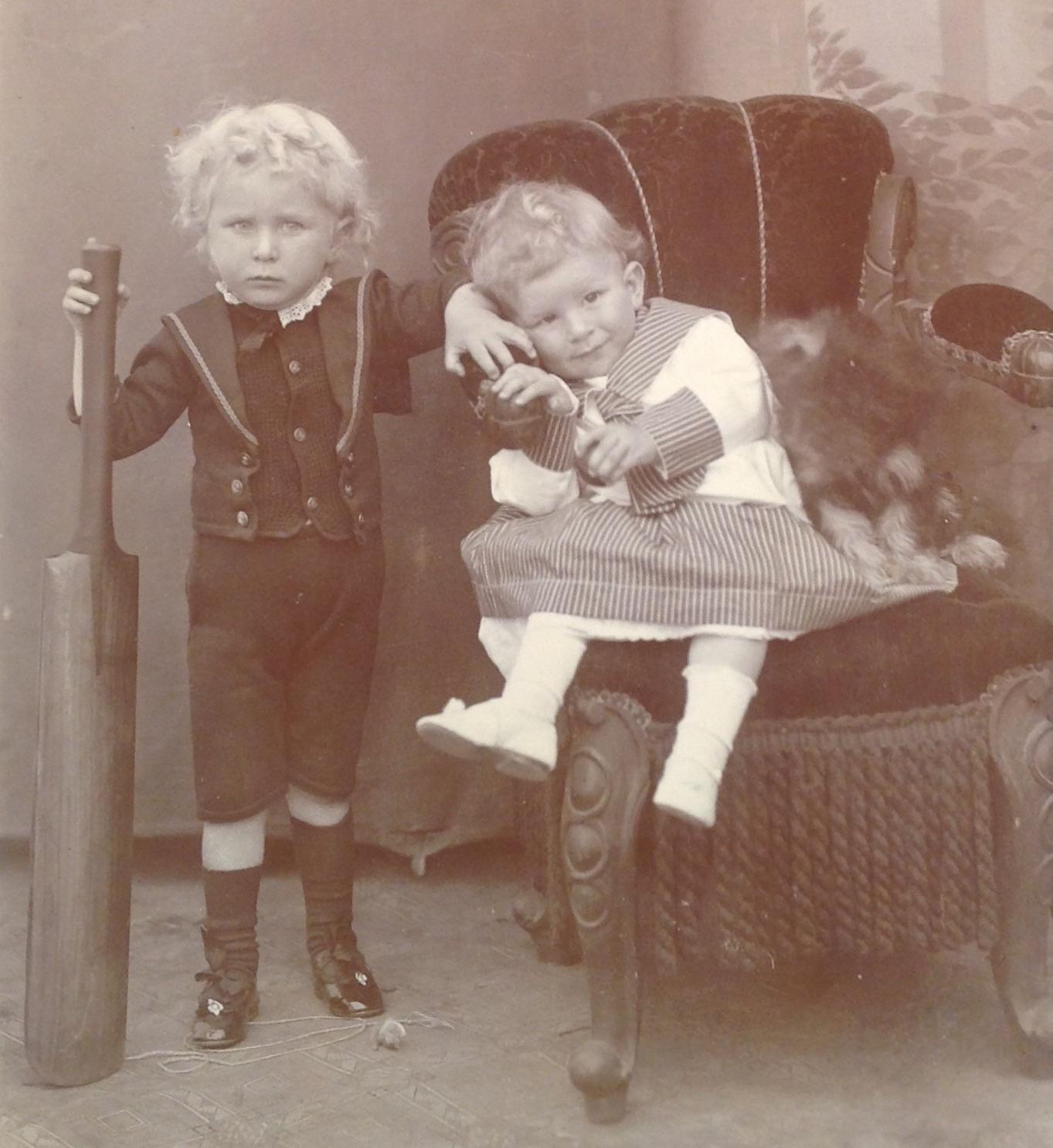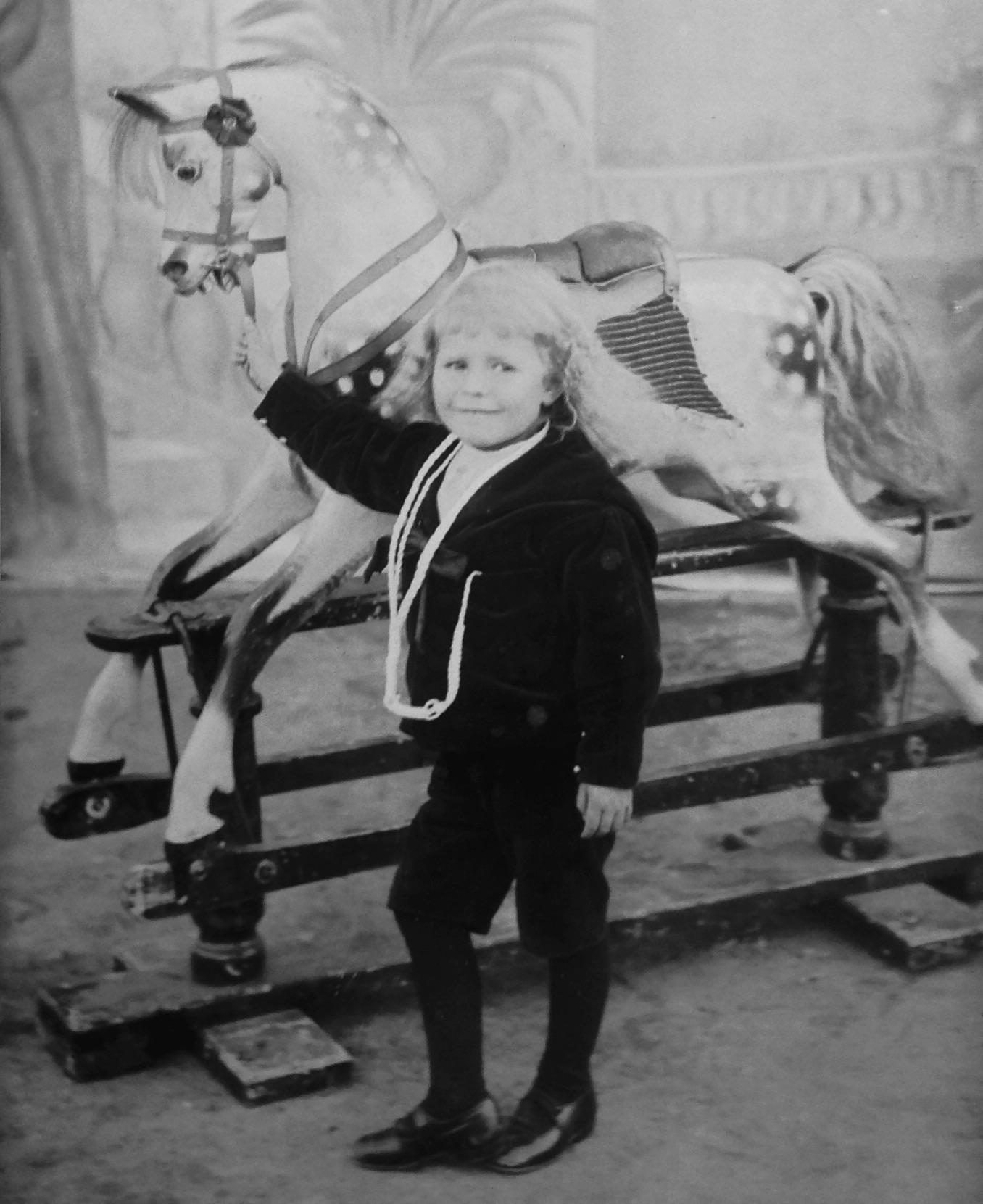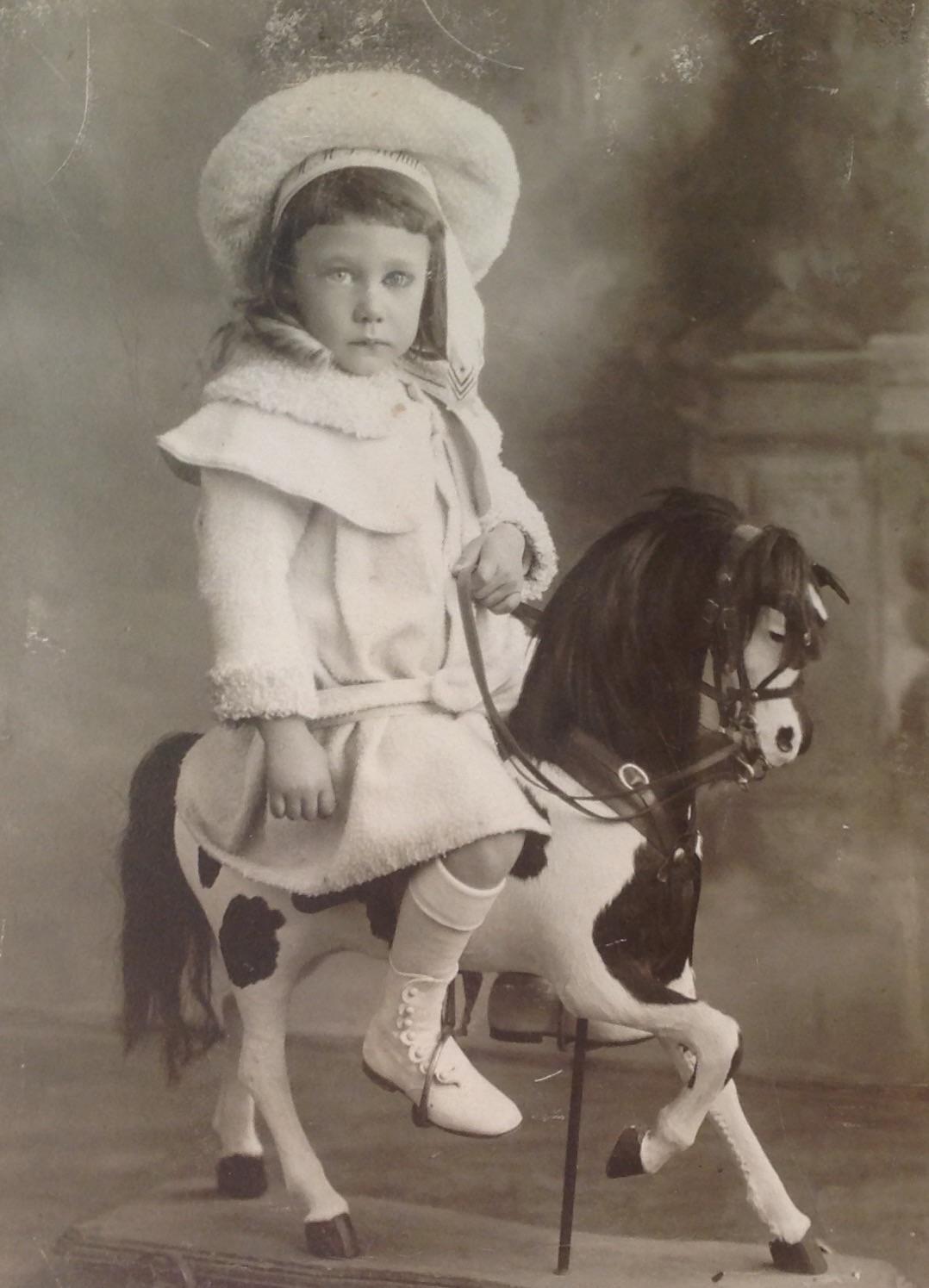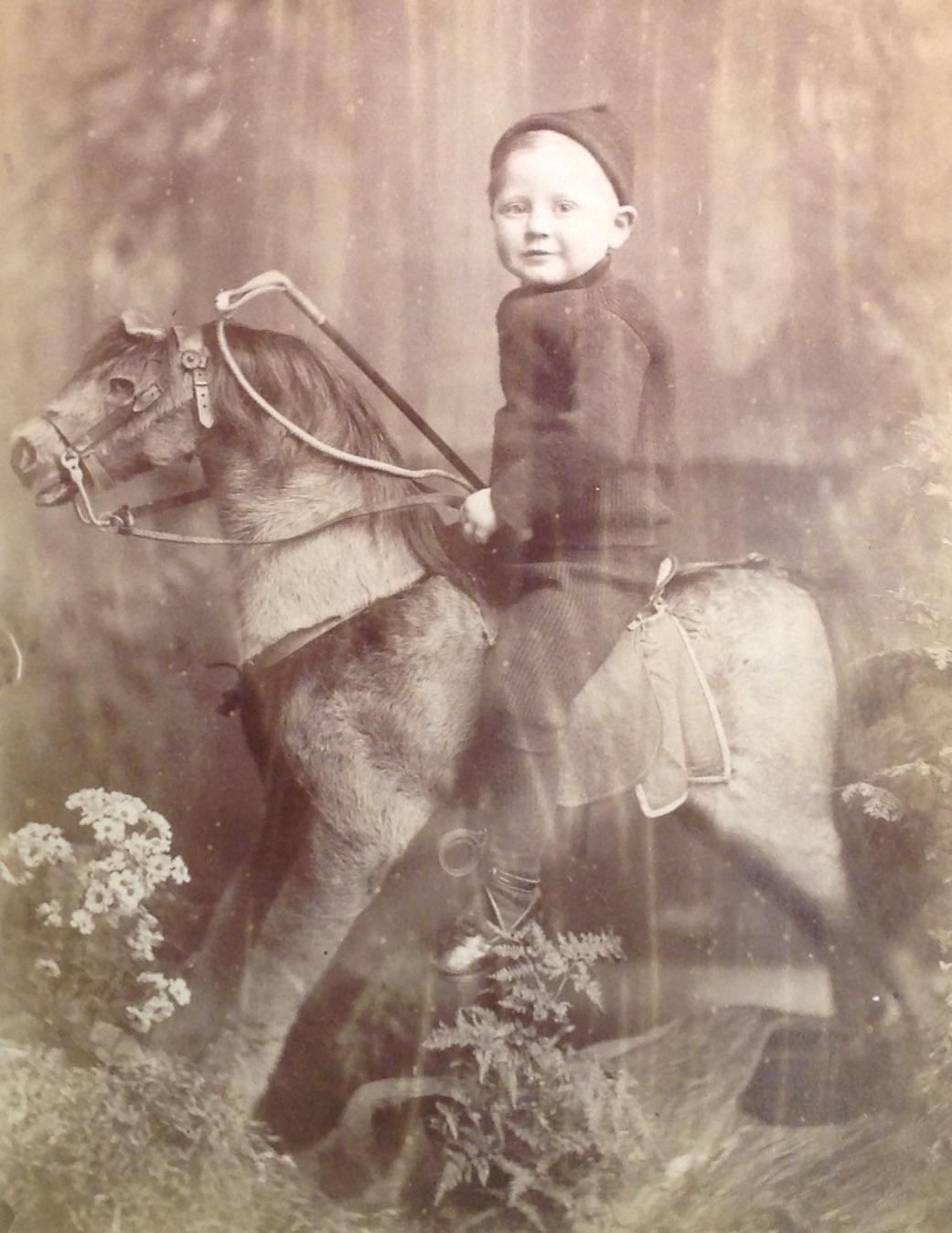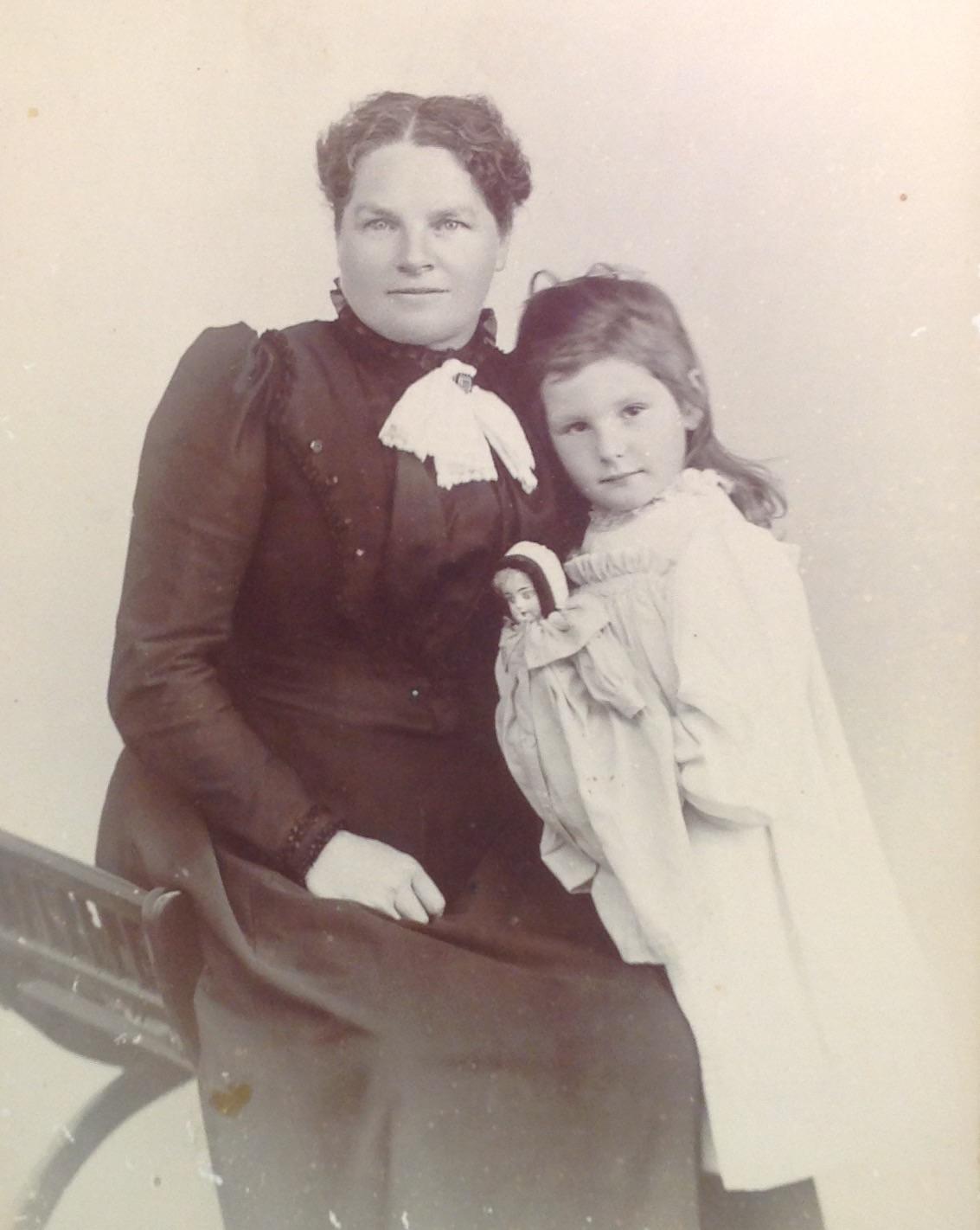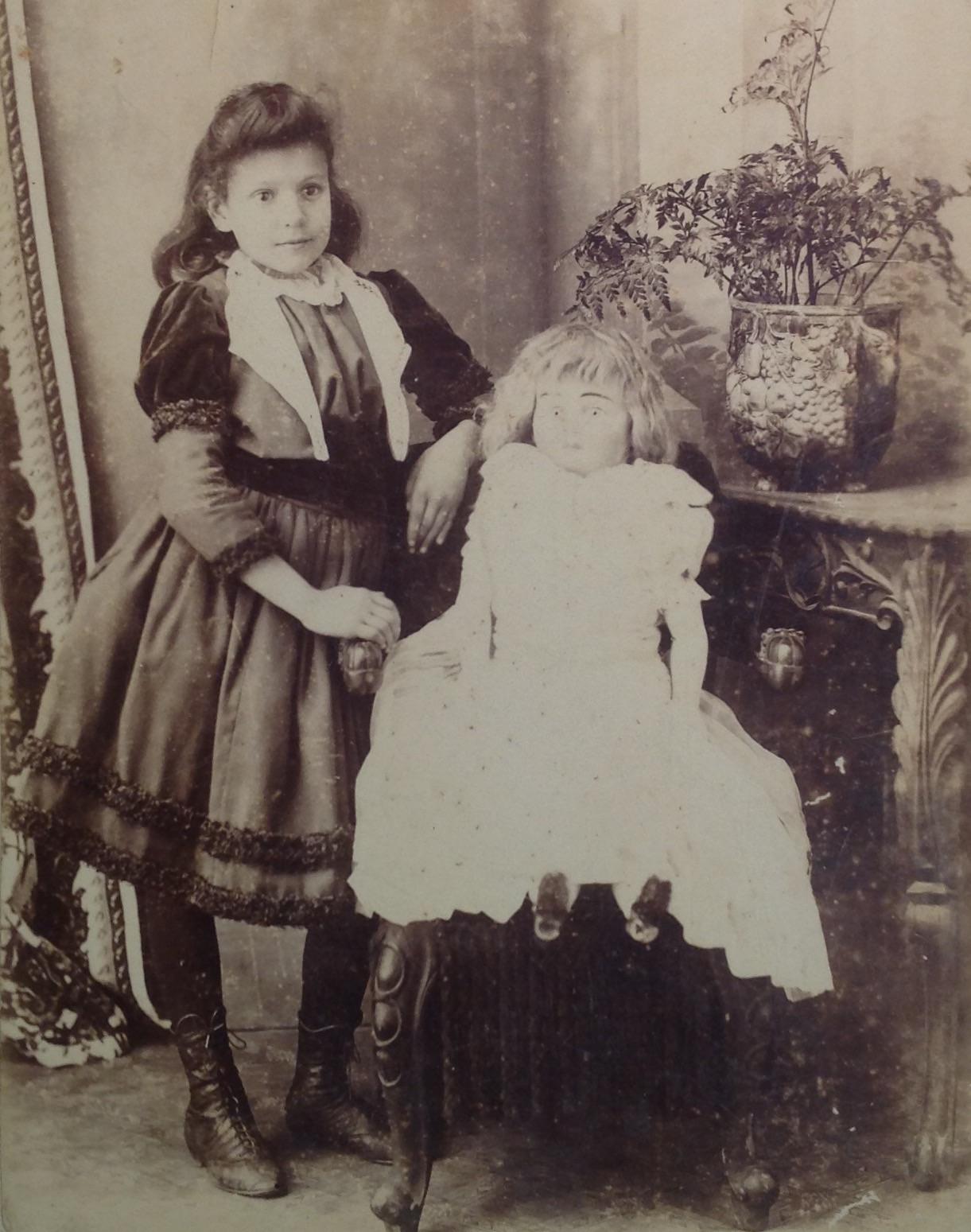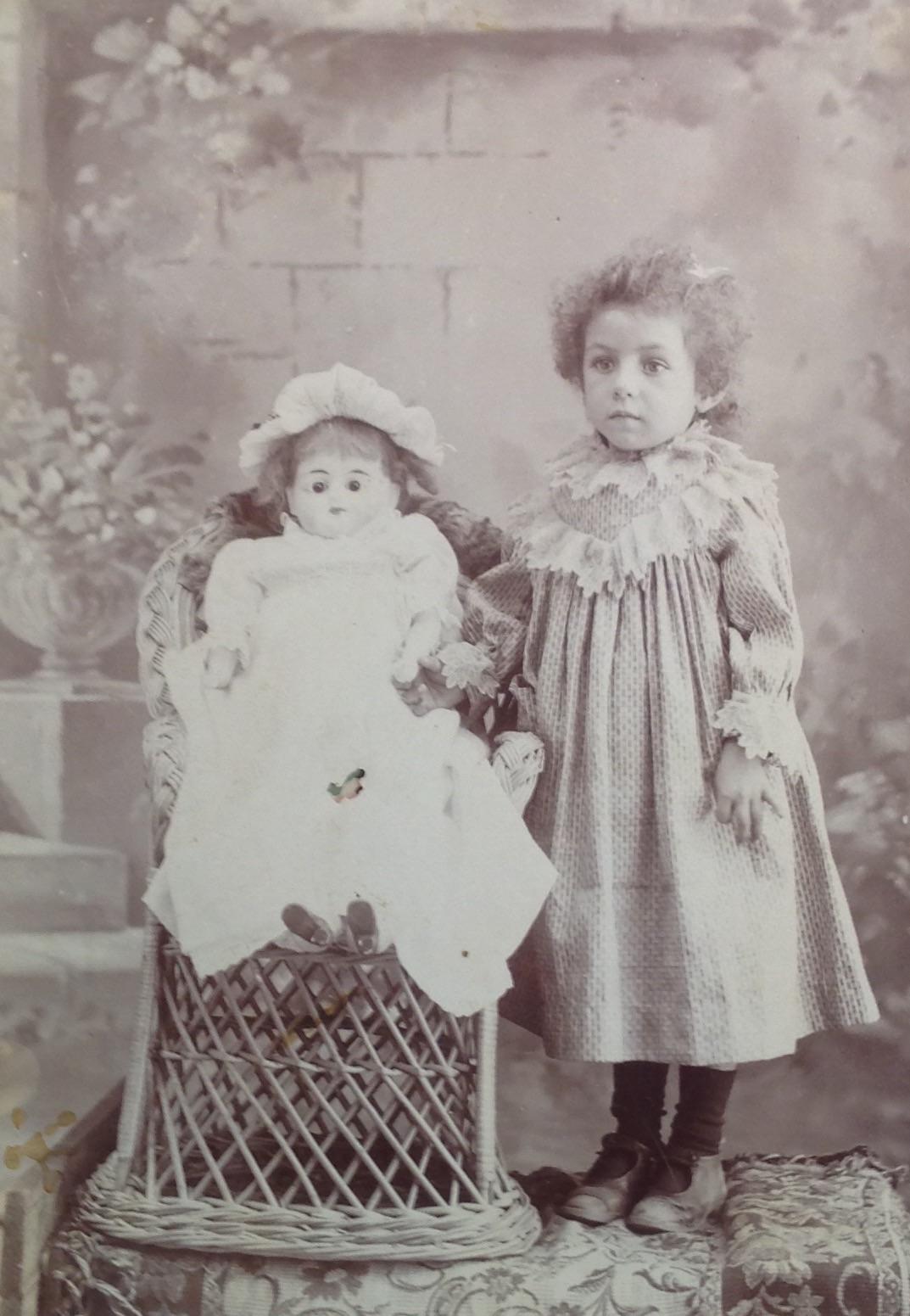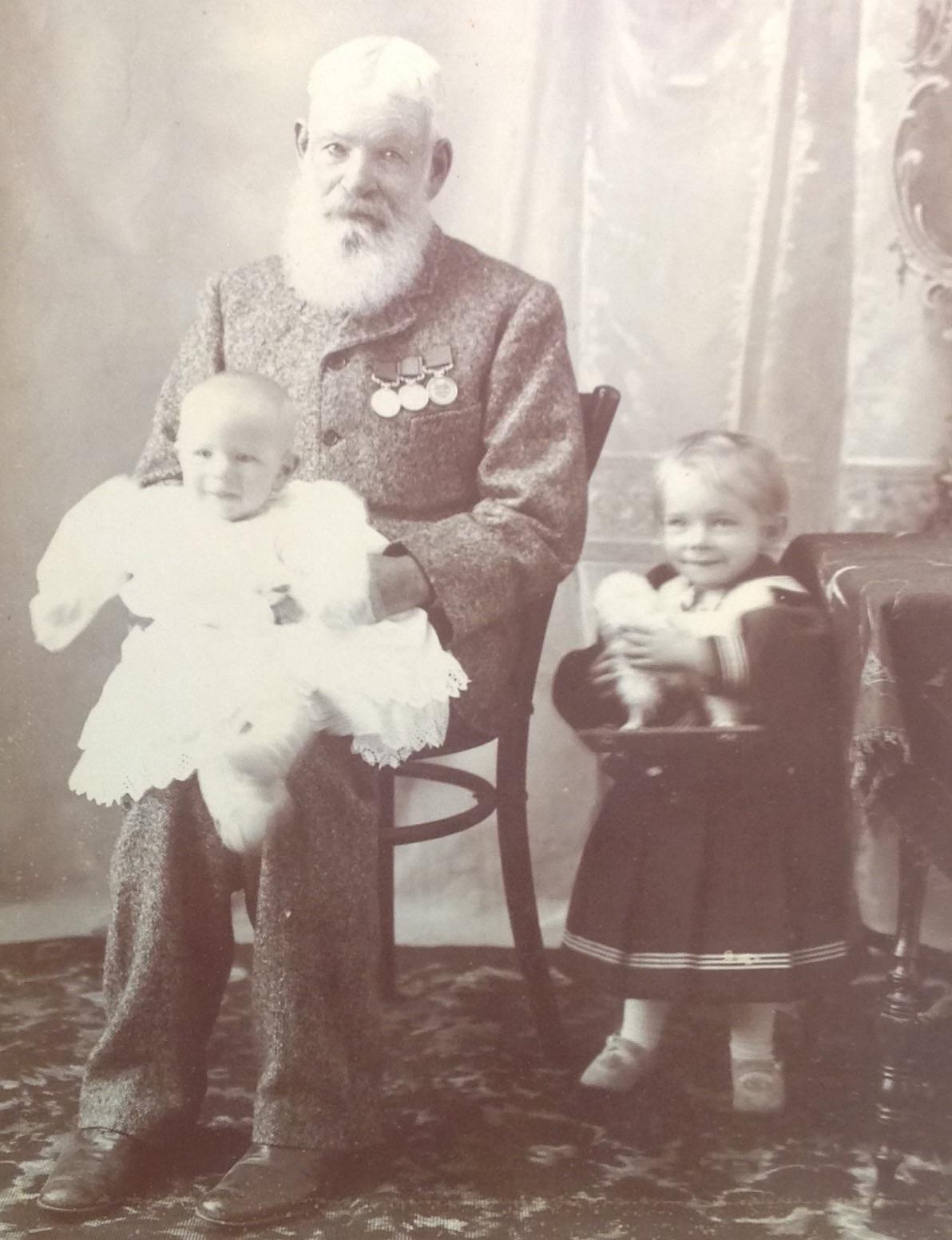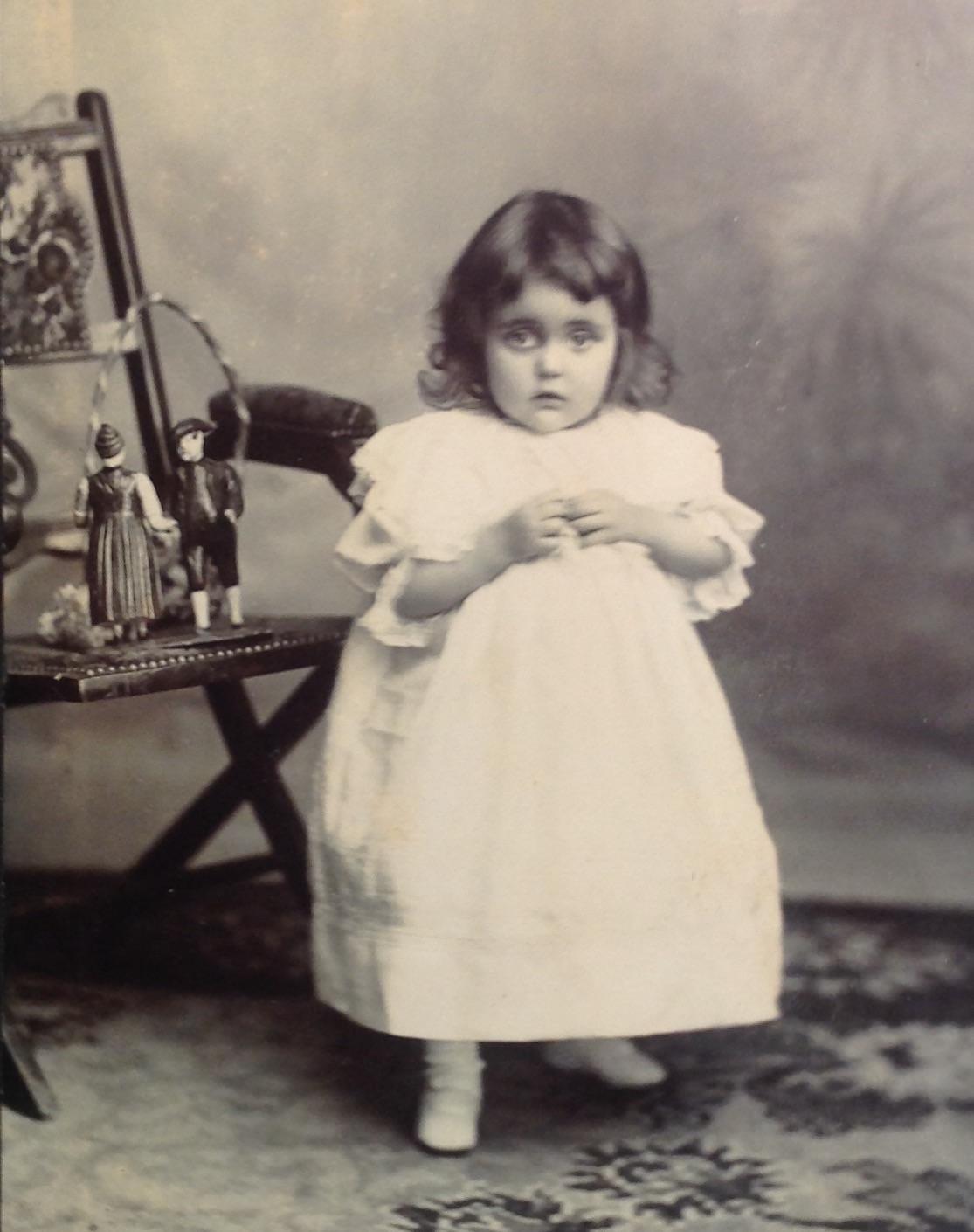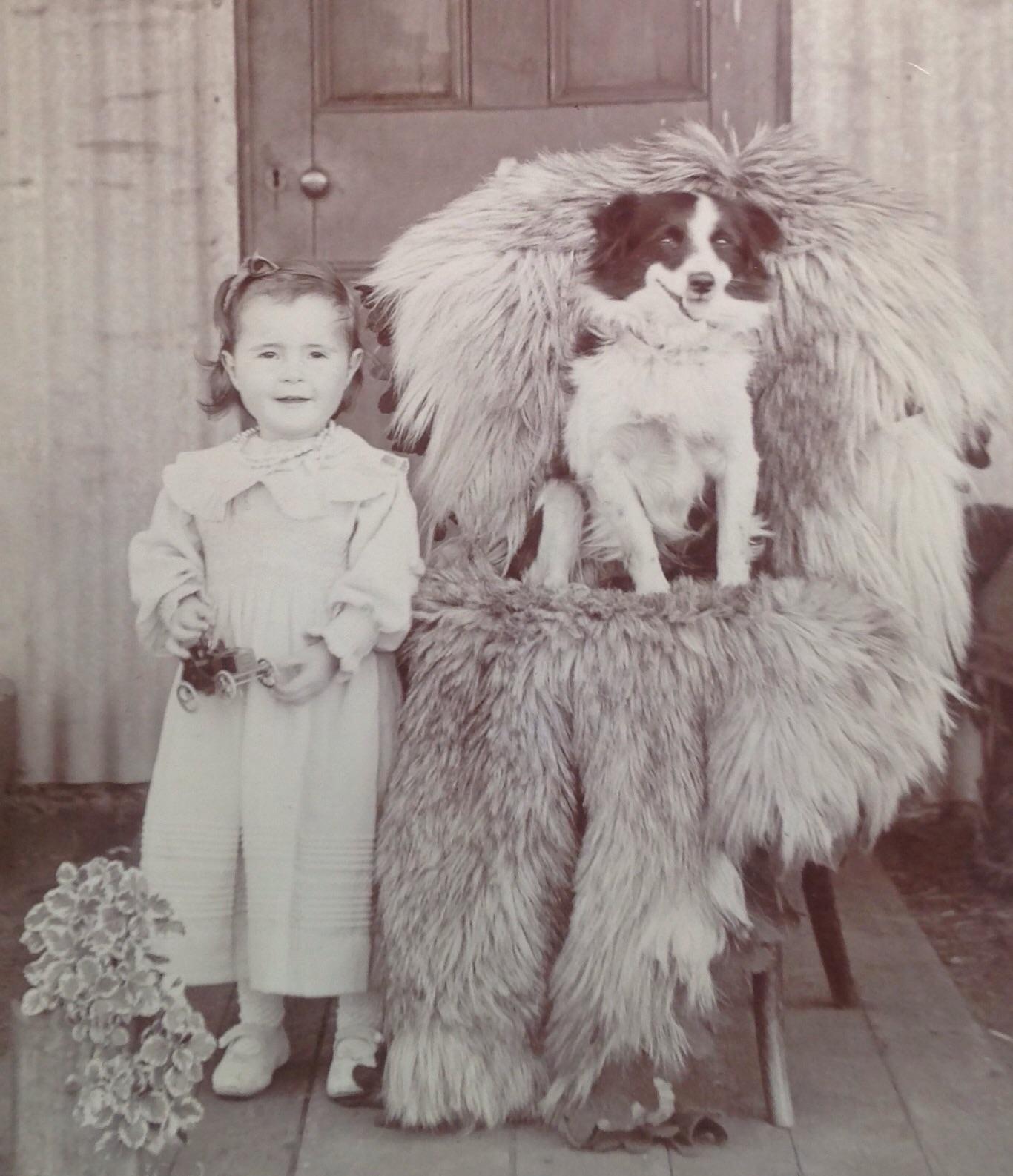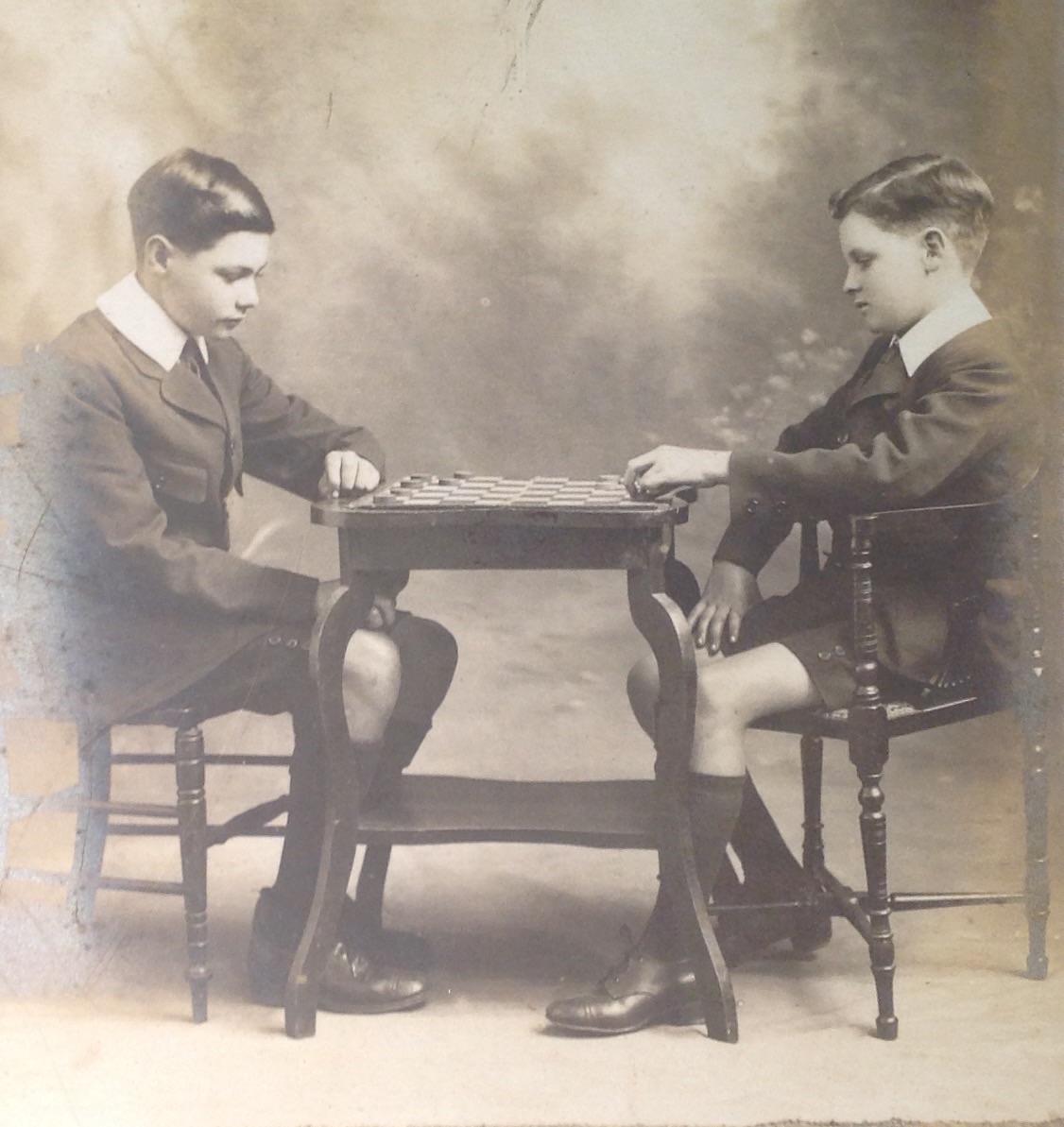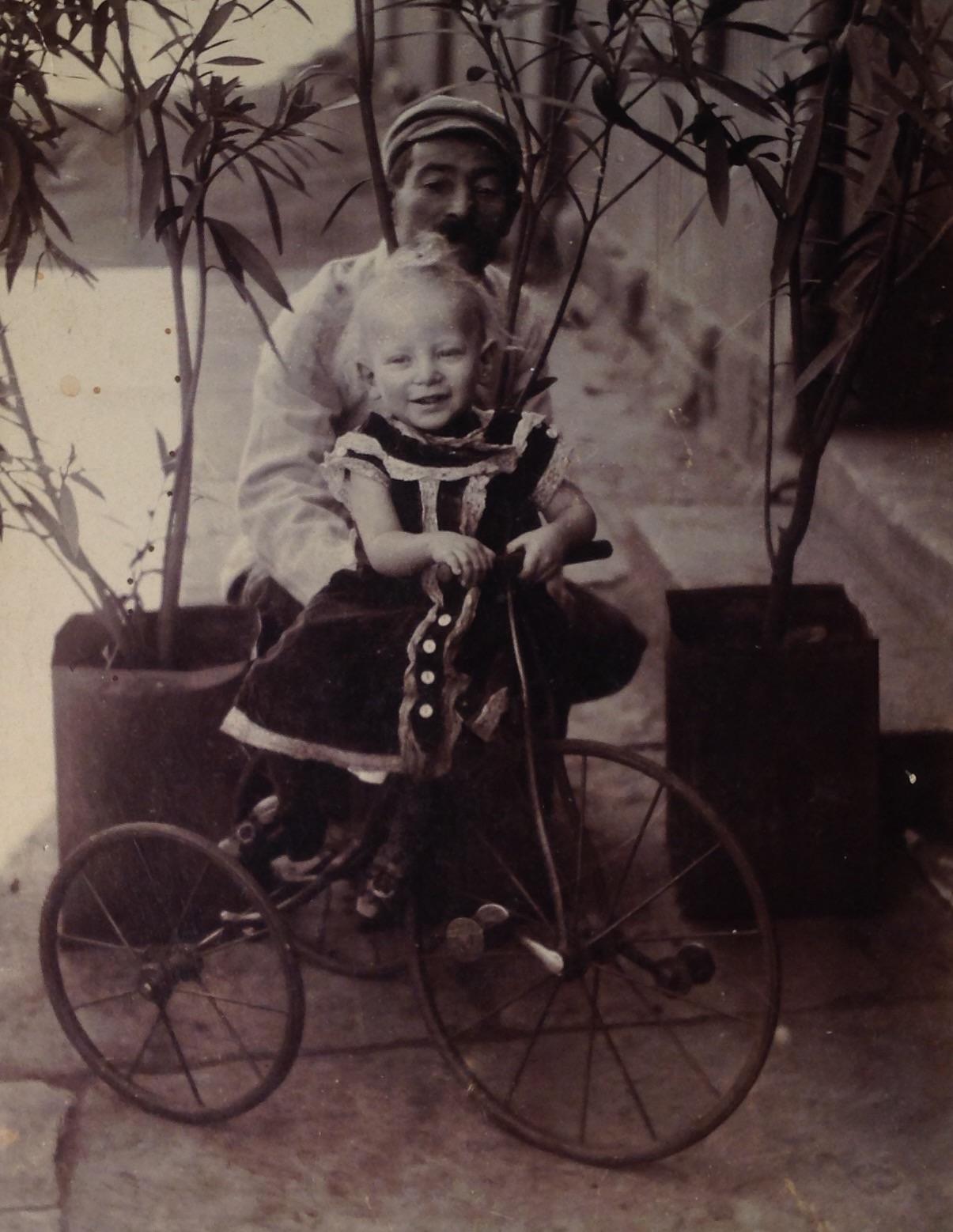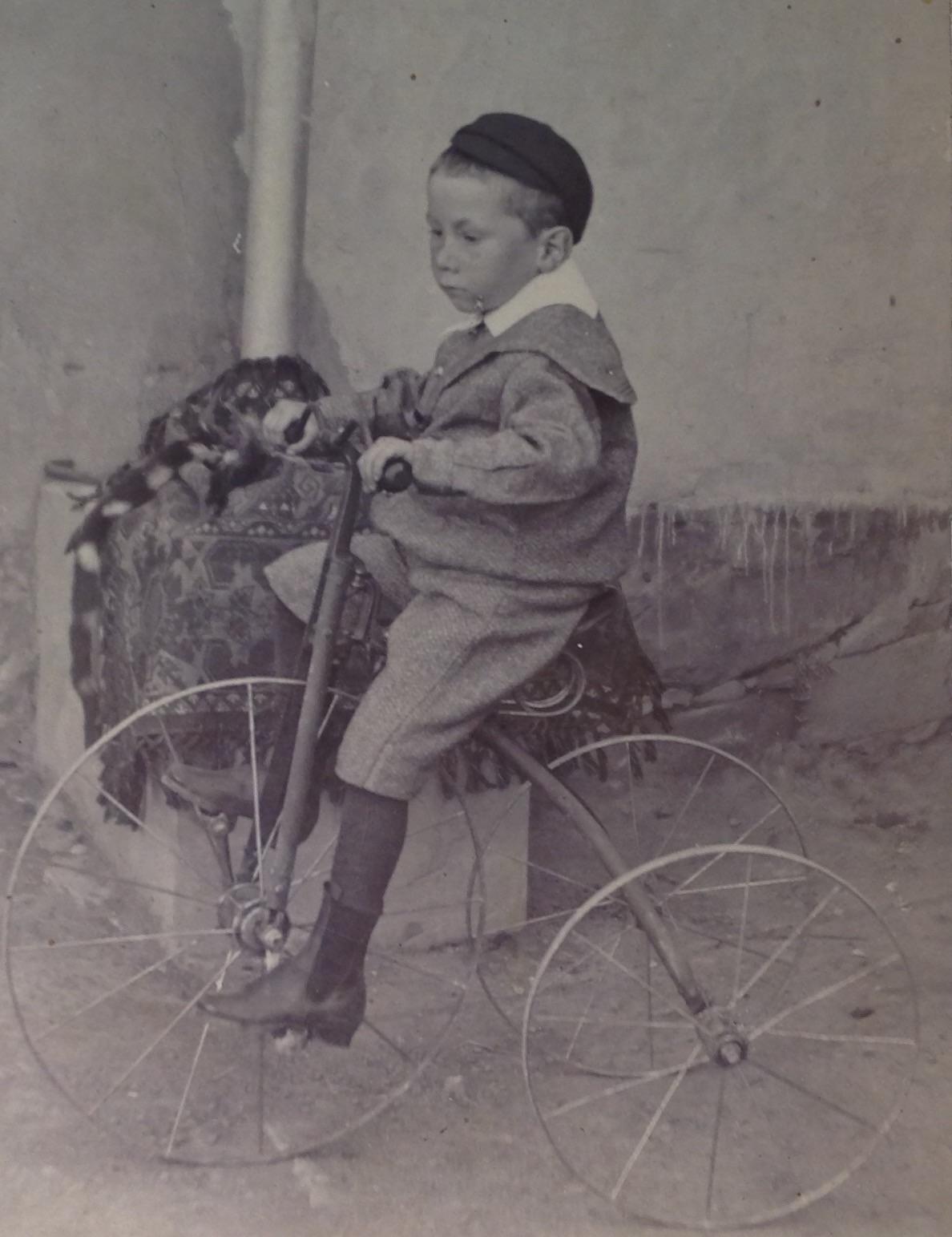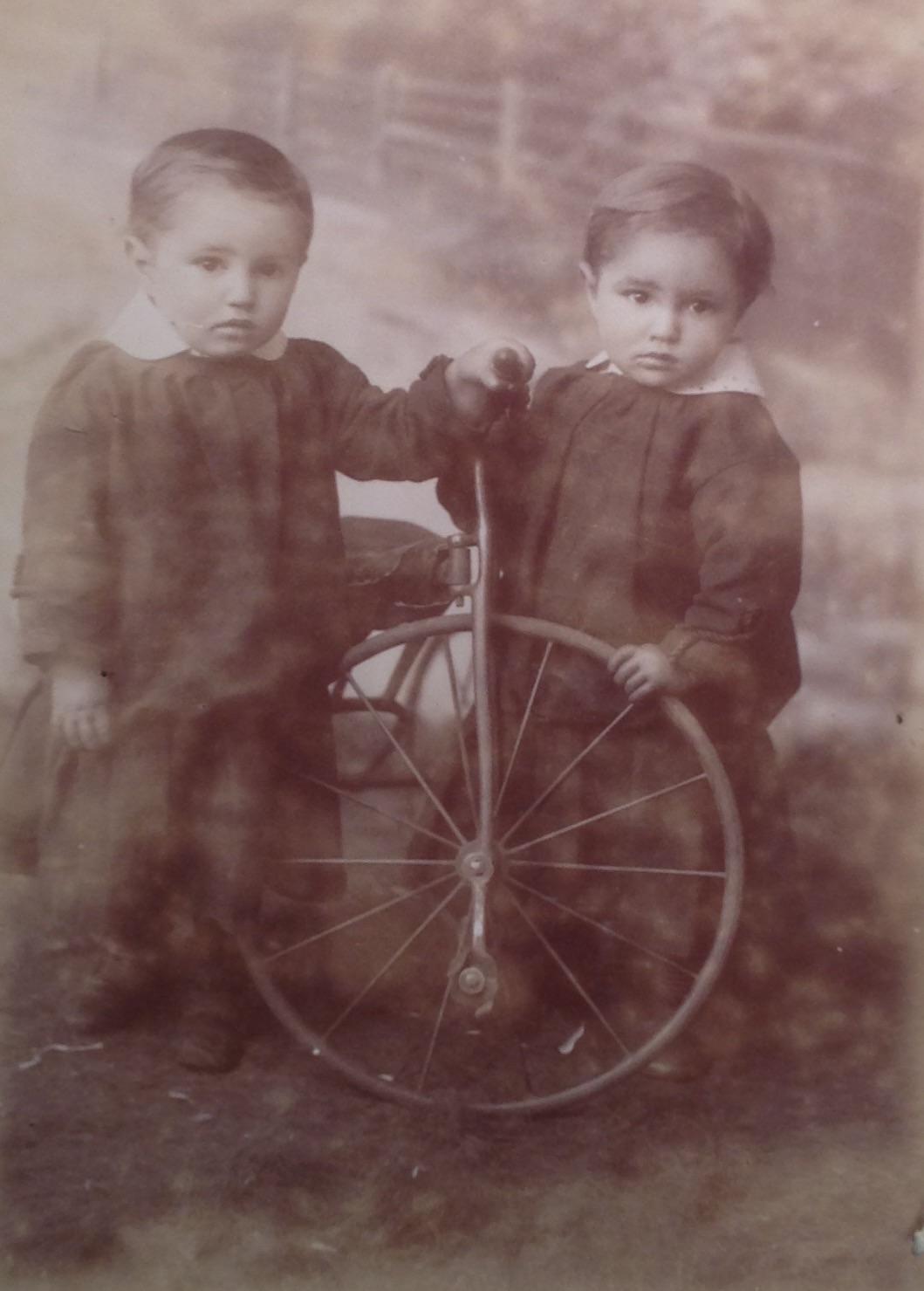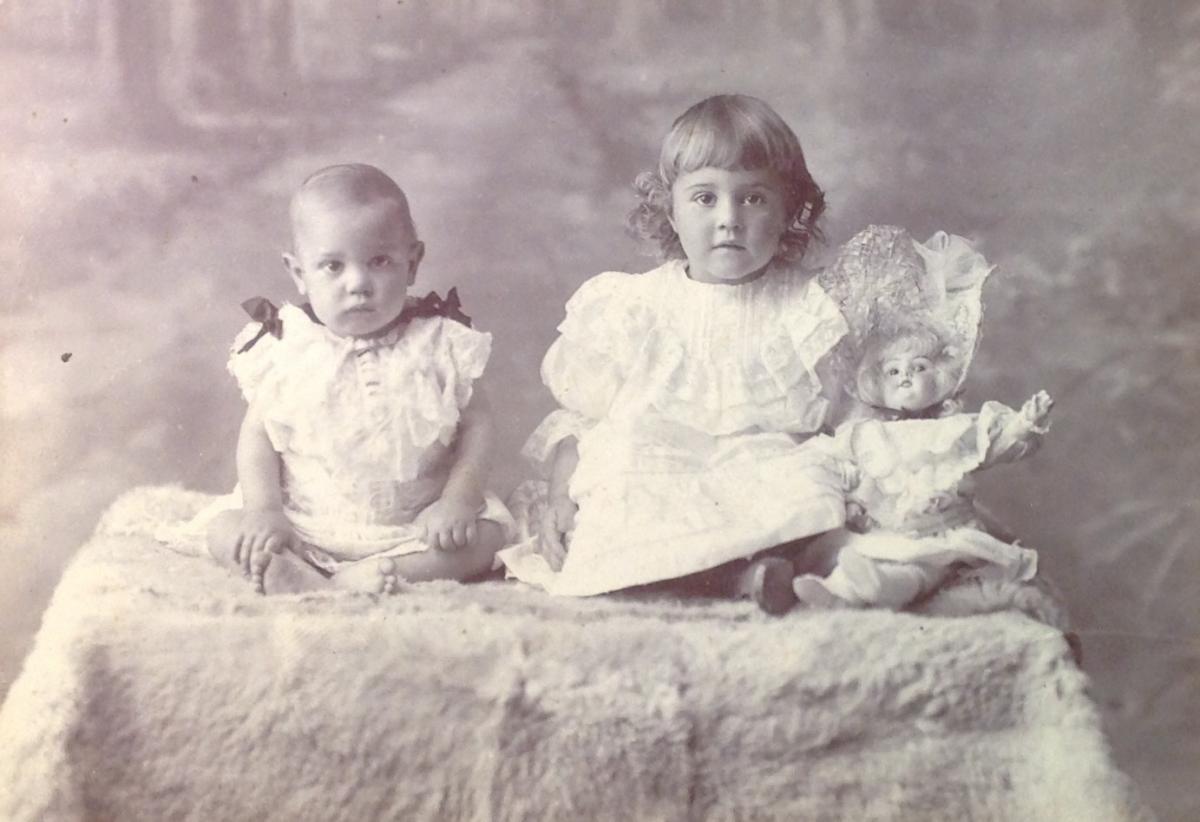
Disclaimer: Any views expressed by individuals and organisations are their own and do not in any way represent the views of The Heritage Portal. If you find any mistakes or historical inaccuracies, please contact the editor.
Toys, like play itself, serve multiple purposes for both humans and animals (just picture the joy created whilst watching a kitten at play with an arbitrary toy).
Toys provide entertainment and fun whilst fulfilling an educational role at the same time. Although unlikely to have been the original intent, they also enhance cognitive behavior, stimulate creativity and aid in the development of physical and mental skills which are necessary in later life.
The origin of the toy is prehistoric. Dolls representing infants, animals and soldiers are occasionally found at archaeological sites. The oldest known toy doll is thought to be around 4000 years old.
The origin of the word "toy" is unknown, but it is believed that it was first used in the 14th century. It has been suggested that the word originally denoted a funny story or remark, antic or trick or that it related to some frivolous entertainment.
The variety and number of toys that were manufactured during the 18th century steadily rose. The first jigsaw puzzle to help children learn geography was invented by John Spilsbury during 1767. The rocking horse (on bow rockers), developed in England at the same time, especially had well-to-do families in mind as it was thought that owning such toy would develop children's balance for riding real horses.
Boys and their toys. The 5 year old on the right holds a wooden hoop with stick, whilst the 6 year old on the left holds a wooden wheel borrow. The item in his right hand is probably a wooden spade. It is unclear as to what the reason would have been for them both wearing a black armband. A Carte-de-Visite format image (Circa 1888) by Pietermaritzburg based photographer H. Kisch.
Two unknown boys aged around 3 and 5. Boy on right holds a whip whilst the boy on the left sits with his toy drum. A Carte-de-Visite format image (Circa 1886) by Pietermaritzburg based photographer H. Kisch
Carte-de-Visite format photograph (circa 1886) by East London based photographer Osborne Morley of 3 year old child, dressed in a sailor’s outfit, holding a wooden toy spade
Four year old on his/her tricycle. The fox terrier had to come along for company. Cabinet Card format photograph (Circa 1905) by Johannesburg based photographer James F Goch
This article primarily focuses on photographs captured by South African based photographers of children and their toys between the Victorian era (since the commercialisation of photography during early 1850s) up to the Edwardian era (1910).
Images presented in this article, all from the Hardijzer Photographic Research Collection, are clearly from well-to-do families. Images of South African children from the Victorian/Edwardian times, photographed with their toys, are not common at all simply because of the expense of photography as well as the expense and time that it took to build or import the toys.
Whilst researching this article it became clear that both local literature on early toys in South Africa and actual photographic evidence (between 1850s to 1910) on the topic is minimal.
Why would this be? The answer is potentially a simple one.
Owning a fancy toy in those years was largely the privilege for the well-to-do South African population. The less privileged, both black and white, could not afford the luxury of buying or importing upmarket toys from Europe. They made their own toys. These homemade toys consisted of very elementary materials. Dolls, for example, would have been manufactured from either cornhusks, bone, stone, wood, porcelain, bisque, celluloid, wax or even apples.
Middle class children acquired cheaper pre-manufactured toys such as marbles, spinning tops, skipping ropes, kites or cheap wooden toys.
Even though only the well-to-do children would have owned expensive toys at the time, they would typically not have owned more than one or two toys. The privileged few then also understood that it was a privilege to own a toy resulting in them generally taking better care of their toys, unlike some instances today.
Irene and Victor with their very unusual toy/push trolley combo. Cabinet Card format photograph (Circa 1890) by Pretoria based photographers Plumbe and Bradshaw. The youngest of the two is holding a horse-whip
Due to long exposure times required for portrait images, it resulted in a limited number of photographers being receptive to photographing children in the studio in that they would not have been able to sit still during the exposure time required, resulting in blurred images.
As photographic techniques developed, photographers became more inclined to photographing children in studios from 1870s onwards. The two earliest photographs of toys found in the Hardijzer Photographic Research Collection date from the early 1870’s. See the two images below.
Carte-de-Visite image by Cape Town based photographer James E Bruton (circa early 1870s), providing much detail. Here is why: 1. The girl, aged around 6 years, stands with her exquisite wooden horse mounted on a platform with wheels. This antique toy today will be highly sought after by collectors. 2. Note the metal stand legs behind the girl’s legs. Earlier photography required for the sitter to be placed in a brace in order to prevent them moving (due to longer exposure times required). The young girl’s body and/or head was therefore placed in this brace to prevent her from moving. 3. The exceptional table which her toy horse stands on. Note the figure of the small child (angel). It is unclear which material this table is made of – probably bronze
An early Carte-de-Viste format photograph (Circa 1872) by the Gray Brothers showing a 5 year old on his unusually high rocking horse. The Gray brothers (occasionally miss-spelled as Grey) were active as photographers in both Kimberley and Bloemfontein at the time
Considering that photography only became commercialised in South Africa during the late 1840s, South African photographs containing Victorian and Edwardian toys can roughly be divided into 3 photographic stages, namely:
- 1850 to 1870 – Photography as an art was still in its infancy. Exposure times were long and development processes were complex and messy, resulting in images showing children with their toys being rare. Photographers also generally lacked the creativity in terms of using props during studio work. For this reason, this article does not include any images from this period;
- 1870 to 1890 – With improved development processes, children became photographically captured more often. This is the period that photographer creativity also started to develop in that they started to include props in their studio work (toys included);
- 1890 to 1910 – It is during the industrial revolution that toys were becoming increasingly popular and the appearance of the toys on the market became common place. Plasticine, for example, was invented during 1897 by William Harbutt and commercially made available during 1900. Prior to the industrial age, almost all toys were handcrafted which typically meant the use of some type of wood or metal.
All images from that era would have their origin from a glass negative. They would then have been printed on photographic paper and pasted onto Carte-de-Visite or Cabinet Card stock. All the images presented in this article were produced in either the Carte-de-Visite (mid 1850s to late 1870s) or Cabinet Card (1880 to early 1910s) photographic formats. Two of the images included in this article have been produced directly from the original glass-based negatives into positive images. This suggests that the paper printed images of the two images below are hopefully still in circulation somewhere – Who knows?
Photograph of 3 year old child with exceptionally unusual tricycle. Image reproduced directly from the original glass negative. The photographer is thought to be John F Scholtz from Aberdeen (Eastern Cape – Circa 1895)
Photograph of 2 year old child on a rocking horse. Image reproduced directly from the original glass negative – Note the decay that started to develop on the negative. The photographers is thought to be John F Scholtz from Aberdeen (Eastern Cape – Circa 1895)
A few additional images in the research collection show children with toys, but these toys are indistinct due to them being small or due to poor photography. White toys on a white background for example did not assist in showing off the toy.
The children on the images have been estimated to be between the ages of 1 and 10 years of age. Considering that boys were also dressed in dresses in those years, the gender of some children have been difficult to determine.
Samuel (around 2 years of age) on his exquisite wooden rocking horse. Cabinet Card format photograph (circa 1910) by Port Elizabeth based photographers Horwich Bros.
Vermooten family photograph showing boy (around 6 years of age) holding his toy sailing boat. Cabinet format photograph (February 1905) by Cape Town based photographer G. May
Carte-de-Visite format photograph (circa 1886) by Cape Town based photographer Wilhelm Hermann. The 4 year old boy holds a toy sheep mounted on a wooden base with wheels attached underneath with a string attached for pulling the toy. It is unclear why the photographer would have placed the two black stipes underneath the boy's eyes afterwards. The girl, who stands on a pillow, holds a bunch of dry flowers in her right hand. Note the detailed wooden carving of the studio prop
3 year old child with wooden wheelbarrow. It is not clear whether this toy was a studio prop or whether the parents of the child brought the wheelbarrow along to the studio. A Cabinet format photograph (Circa 1906) by Wynberg (Cape Town) based photographers, the White Brothers. Note the painted backdrop.
Some photographers at the time were clearly more orientated towards photographing children compared to others. In analysing the research collection, it was found that some photographers had little if any interest in photographing children, and where they did, they would simply just provide a bunch of flowers or fern leaves for the child to hold whilst being photographed.
It is assumed that in many instances that those photographers who were comfortable to photograph children with their toys would have requested the child to bring the toy from home. The larger toys, such as rocking horses or tricycles may however have formed part of studio props. As suggested by some of the images included in this article, photographers would also have visited the customer’s home to photograph the children with their larger toys.
Most Victorian toys, as presented on the images included in this article, would have been handmade by skilled craftspeople.
Carte-de-Visite format photograph (circa 1880) by unknown photographer showing boy with cricket bat and a soccer ball. He certainly got dressed up by mom for this photograph – note the bow tie
Carte-de- Visite format photograph (circa 1890) by unknown photographer showing boy on his rocking horse. This is clearly not a “sit-on”, but a “sit-between” version of a rocking horse
A Carte-de-Visite format photograph (circa 1880) where the face of the 2 year old child has been slightly hand colored by the Cape Town based photographer SB Barnard. Note the blue eyes, blond hair and red lips and cheeks. The child holds a toy dog which may either be carved out of wood or a metal based item
Brother and sister – a Cabinet format photograph (Circa 1895) by Paarl based photographer Gribble. The 4 year old brother holds a toy rifle
Photograph of unknown family in Cabinet Card format (Circa 1906) by Uniondale based photographer S du Preez. The boy seated in front holds an orchid flower whilst the boy in the middle holds a bunch of fern leaves. The fact that only the younger sister is posing with her doll raises the question as to what toys her two brothers would have had – if any?
Bessie, the youngest of the van Niekerk children posing with her doll. Her siblings are Corne (left) and Gillie (right). Cabinet format photograph by unknown photographer (circa 1903)
A stern looking 7 year-old holding his toy gun. A cabinet format photograph (Circa 1910) by unknown photographer
A one-and-half-year old holding her doll. A Carte-de-Visite format photograph (Circa 1889) by Heidelberg based photographer FW Drieselmann
A 9-year old holding her doll. Carte-de-Visite format photograph (circa 1888). Clearly anxious in front of the camera, she is biting her under lip. Note her glasses
No evidence could be found of South African manufacturers of toys between 1850 and 1910 resulting in the deduction that the toys were mainly imported from Europe, especially the more expensive toys of the time such as rocking horses and tricycles.
Other popular indoor toys for well-to-do children included tea sets, toy soldiers and puppets. Popular outdoor games included the hoop and stick or skipping ropes.
More complex mechanical and visually-stimulating optical toys such as magic lanterns, zoetrope’s and kaleidoscopes were also invented and was popular amongst the wealthy families.
A zoetrope consists of a small open circular drum with multiple thin gaps cut into the drum. A card containing some images is then placed on the inside of the drum. When the drum which is mounted on wooden base is spun, the viewer will look at the images through thin gaps seeing constant movement/flow of the image – This became the predecessor to the movie. This toy was however aimed more at the adult market. The author has not seen a photograph by a South African photographer (pre-1910) containing a zoetrope. Even photographs by foreign photographers containing a zoetrope would be exceptionally rare.
Example of a Victorian Zoetrope. Only two known examples of the Zoetrope exist in South Africa (Image via British History of Science Museum)
It has been suggested that children were not allowed to play with toys on Sundays, except for toys with religious themes, such as Noah’s Ark sets.
At the beginning of the 20th century the toy industry was heavily rooted in German manufacture, as it had been throughout the 19th century. Despite this, there were several well-established manufacturers flourishing in Britain. It is suggested that most of the toys captured on the images contained in this article originate mainly from Britain.
Carte-de-Visite format photograph (circa 1875) by King Williams Town based photographer Carl Bluhm showing 5 year old boy with his sister. He is holding his toy rifle
Now why on earth would they have given this 3 year old to hold an adult cricket bat? A Cabinet Card format photograph (Circa 1905) by Somerset East photographer TH Howard. Next to the child on the chair sits a dog that is somewhat blurred due to movement
Proud looking 5 year old with his/her rocking horse. Cabinet Card format photograph (Circa 1904) by unknown photographer
Classy young girl (aged around 5 years of age) seated on a toy horse mounted on a wooden platform on wheels (Note steel wheel bottom left corner). Cabinet Card format photograph (June 1907) by Bloemfontein based photographers Somerville & Co
This horse was probably not a toy, but a studio prop made or acquired by the photographer. Cabinet Card format photograph (Circa 1896) by Grahamstown based photographer CJ Aldham
Six year old with her mother and doll. Cabinet Card format photograph (Circa 1904) by Stellenbosch based photographer A. Runge
Eight year old girl with her life size doll. Cabinet Card format photograph (Circa 1906) by Somerset East based photographer TH Howard
Four year old girl with her life size doll. Cabinet Card format photograph (Circa 1907) by Jansenville based photographer LJ Norden
War veteran grandfather (Note 3 medals) with his two grandchildren. Eldest of the two proudly holds her pull-along toy – what seems to be a dog. Cabinet Card format photograph (Circa 1907) by Cathcart based photographers Mager & March
A two year old with her two toy figures (standing on the chair). Cabinet Card format photograph (Circa 1908) by Johannesburg based photographers, Clifton Studio
Wonder which of the two gave this child most joy. The tin car in his/her hand or her dog? Cabinet Card format photograph (Circa 1905) taken by Albert Smith (town unknown)
So why do teddy bears not appear on the images presented? Teddy bears only came into existence during the mid-Edwardian period. Richard Steiff designed the first soft toy bear during 1902. It however only became known by its current familiar name, the teddy bear, from 1906 onwards.
Even blowing bubbles from leftover washing up soap became a popular pastime. Foreign postcard images of children at play blowing bubbles have been seen by the author. Early fashionable puzzles and popular board games, such as checkers and chess could also be categorised as toys.
Two ten year old boys playing checkers (American English) or draughts (British English). Cabinet format photograph (circa 1910) by Durban based “The Monochrome studio”
Early toy colours were limited and often of somewhat poor quality. However, with the introduction of mass production, toys took on an eye catching and bright new look.
The toy business was conservative by nature in that toys which had been popular at the end of the Victorian era remained firm favorites until the outbreak of the First World War in 1914.
The turn of the century brought with it two new toys which were to become a phenomenal success. The first of these, Meccano, was designed by Frank Hornby in 1899 to encourage his sons’ interest in mechanical engineering. Originally patented as Mechanics Made Easy in 1901, Hornby changed the trade name of this new construction toy to Meccano in 1907. Hornby also introduced the Hornby Model Railways and Dinky Toys.
Needless to say, any toy produced during the Victorian/Edwardian period remain highly collectable.
The author himself collects early tricycles.
A Cabinet Card format image by unknown photographer showing a little one on a tricycle (circa 1908) – the smile certainly suggests that he/she enjoyed the moment . The child (around 2 years of age) would have been too young to peddle this tricycle – It may therefore have been an older sibling’s tricycle. Note the father attempting to ‘hide” behind the pot plants in order to keep the little one steady
A Cabinet Card format by unknown photographer showing a 4 year old on his tricycle. The composition of this image suggests that the photographer was potentially an amateur photographer
Brothers Freddie and Dawie (aged around 2 years of age) with their tricycle. They seem to be twins? Cabinet format photograph (Circa 1905) by Johannesburg based photographer James F Goch. This is the same tricycle that appears on the other James F Goch image included in this article. The tricycle must therefore have been a studio prop used by Goch
Main image: A Cabinet format photograph (circa 1904) by East London based photographers Jakins & Co, showing unknown young girl (around 2 years of age) with her doll and younger sibling. Note the beautifully painted backdrop used by the photographer
About the author: Carol is passionate about South African Photographica – anything and everything to do with the history of photography. He not only collects anything relating to photography, but also extensively conducts research in this field. He has published a variety of articles on this topic and assisted a publisher and fellow researchers in the field. Of particular interest to Carol are historical South African photographs. He is conducting research on South African based photographers from before 1910. Carol has one of the largest private photographic collections in South Africa.
Sources
- All about Victorian toys (chertseymuseum.org - Accessed during May 2019).
- Hardijzer Photographic Research Collection
- Must have toys 1900 – 1919 (www.vam.ac.uk/moc/collections – Accessed May 2019)
- Toy (Wikipedia.org - Accessed during May 2019)
- Victorian era (http://victorian-era.org – Accessed during May 2019)
- Victorian Games (downloads.bbc.co.uk/history – Accessed during May 2019)
- Zoetropes (History of Science museum) www.mhs.ox.ac.uk/fancy-names-and-fun-toys
Comments will load below. If for any reason none appear click here for some troubleshooting tips. If you would like to post a comment and need instructions click here.

